A Thrift Store Pro’s Guide to 80s Fashion (And How to Actually Wear It Today)
I got my real start in fashion by digging through giant donation bins for a tiny theater company. We were constantly flooded with clothes from the previous decade, and I swear, I handled countless crinkle-nylon tracksuits and blazers with shoulder pads so big they had their own zip code. At first, it all seemed like a giant joke.
In this article
But as I got good at mending, altering, and restoring these pieces, I started to see the story they were telling. The 80s weren’t just about loud colors and questionable hair. It was a time of huge social and tech changes, and all of that was reflected in every single seam, fabric choice, and silhouette.
A lot of people just see the caricature—neon legwarmers, side ponytails, and oversized everything. And while that stuff was definitely there, it’s just one small part of a much bigger, more interesting picture. That era gave us power dressing that helped women command attention in the workplace. It saw streetwear become a global force. It was a time of wild experimentation, from high-fashion runways to the DIY punk scene. To really get it, you have to look past the stereotypes and understand the materials, the construction, and the culture behind it all.
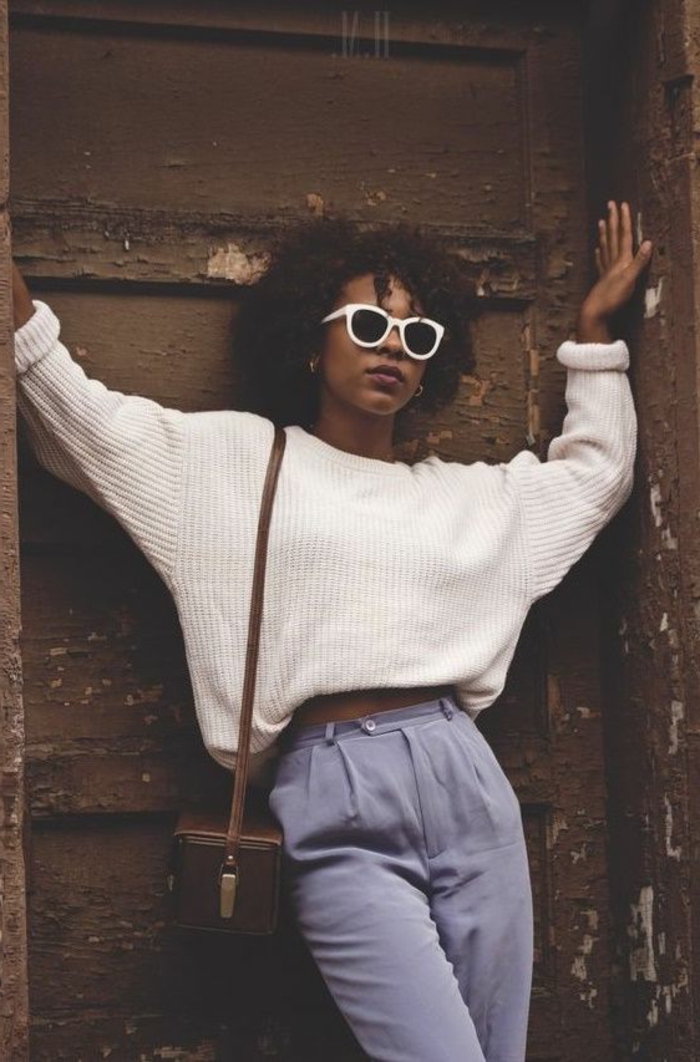
The Feel of the Decade: Key Fabrics You’ll Find
You can’t talk about this era of fashion without talking about fabric. The explosion of synthetic and blended materials completely changed how clothes fit, felt, and functioned. This was science hitting the mainstream, hard.
Spandex and the Second-Skin Revolution
Previous decades had polyester, but this era perfected stretch. A certain well-known brand of spandex became a key ingredient in almost everything. We’re not just talking about leotards and athletic wear anymore. By blending a tiny amount (usually just 2-5%) into cotton or denim, designers created those iconic, snug-fitting designer jeans that could stretch without losing their shape. It was all about that smooth, second-skin silhouette.
So, how does the vintage stuff compare to modern activewear? It’s a night and day difference, honestly. When I handle original workout gear from that time, the feel is unmistakable. Early high-spandex fabrics have a dense, almost rubbery quality that you don’t find today. The focus was on compression and support. Plus, they had a signature high-gloss sheen that was super desirable. The downside? They didn’t breathe at all. Modern fabrics are all about being silky and moisture-wicking, but these early versions trapped heat like crazy.
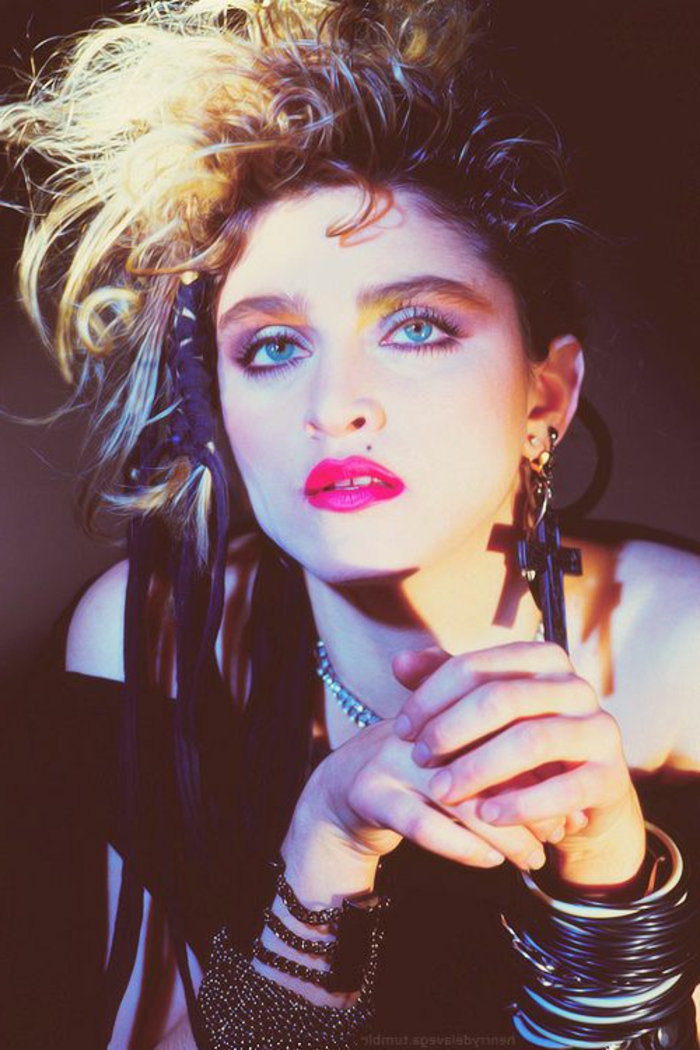
The Story of Shine and Drape: Nylon & Rayon
Those shiny tracksuits and windbreakers? That was nylon. Crinkle nylon was a huge hit—the fabric was treated to have a permanently wrinkled texture, which was both a style choice and a way to hide creases. Smart, right?
We also saw a massive amount of rayon, sometimes sold as Viscose. The pros loved it because it was a cheap, semi-synthetic fiber that could mimic the beautiful drape of silk. Those fluid, oversized blouses that were everywhere? Almost always rayon.
Heads up, though! As someone who has prepped these clothes for the stage, I have to give you a serious warning: many of these early synthetics are highly flammable. An original nylon shell jacket can literally melt if it gets too close to a heat source. I once scorched a vintage rayon blouse with a hot steamer and it left a permanent shiny scar on the fabric. A lesson I learned fast: always test heat on an inside seam first. It’s a real hazard to keep in mind when you’re wearing these vintage pieces.
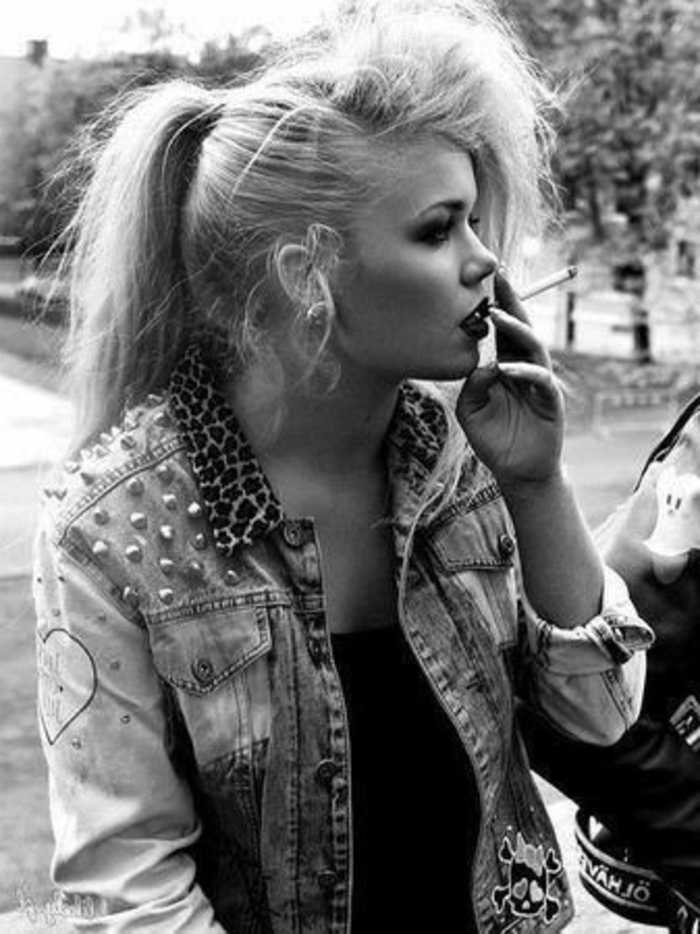
Quick Tip: How to Care for Vintage Rayon
So you found the perfect rayon blouse at the thrift store for $20. Now what? Don’t just toss it in the wash! Here’s the deal: Hand wash it in COLD water with a gentle detergent. Never, ever wring it out. Instead, gently roll it in a clean towel to absorb the excess water, then hang it or lay it flat to dry. It will feel stiff and weird when it’s wet—that’s totally normal! It’ll soften up as it dries.
Beyond the Fabric: The Shapes That Defined the Era
Okay, let’s talk about the actual shapes. Because let’s be real, the silhouettes were just as bold as the colors.
Power Dressing: More Than Just Shoulder Pads
The “power suit” is probably the most iconic look. We’re talking about a blazer with massive, architectural shoulder pads and a nipped-in waist, often paired with a sleek pencil skirt. It was designed to create a strong, commanding silhouette.
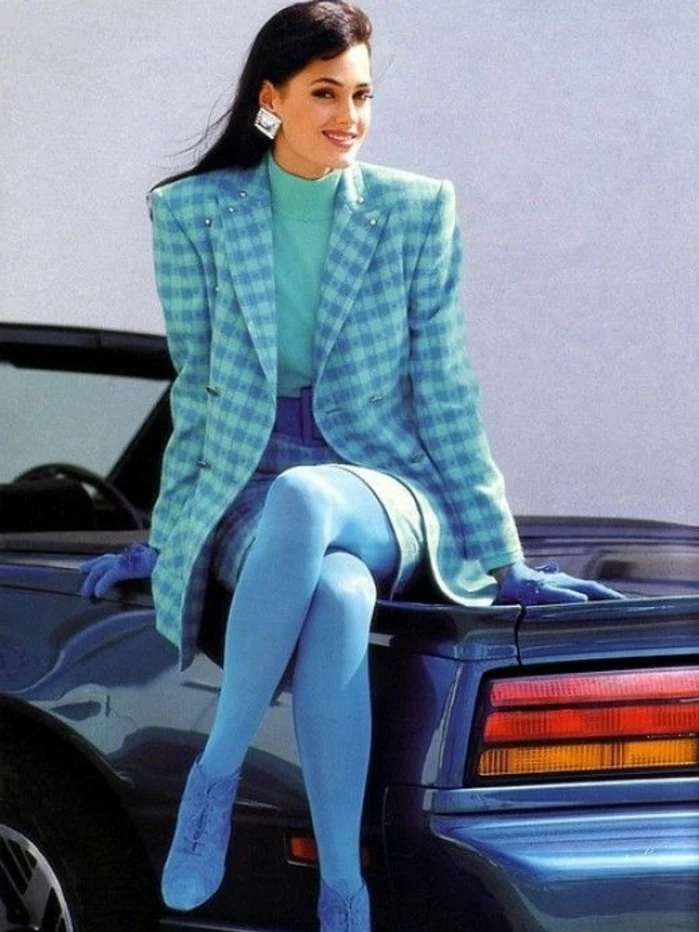
Want to rock a power blazer today without looking like you’re in costume? The trick is balance. Find a blazer that fits you perfectly everywhere except for the intentionally oversized shoulders. Then, pair it with something simple and modern, like a plain white t-shirt and your favorite pair of jeans. Let the jacket be the statement piece.
Batwings and Peg-Legs
Two other shapes you’ll see everywhere are batwing sleeves and peg-leg pants. Batwing sleeves are cut very deep and wide at the shoulder, then taper toward the wrist, creating a dramatic, wing-like shape. They were common on sweaters and, of course, those rayon blouses.
Peg-leg pants were the opposite of a flare. They were full and roomy through the hips and thighs, sometimes with pleats, and then tapered down to a narrow, snug ankle. It’s a look that’s surprisingly comfortable.
A Thrifter’s Guide to Finding the Real Deal
So, where do you even find this stuff? Your local thrift store is the best place to start. For more curated pieces, check out online marketplaces like Etsy or Depop—just be prepared to pay a bit more.
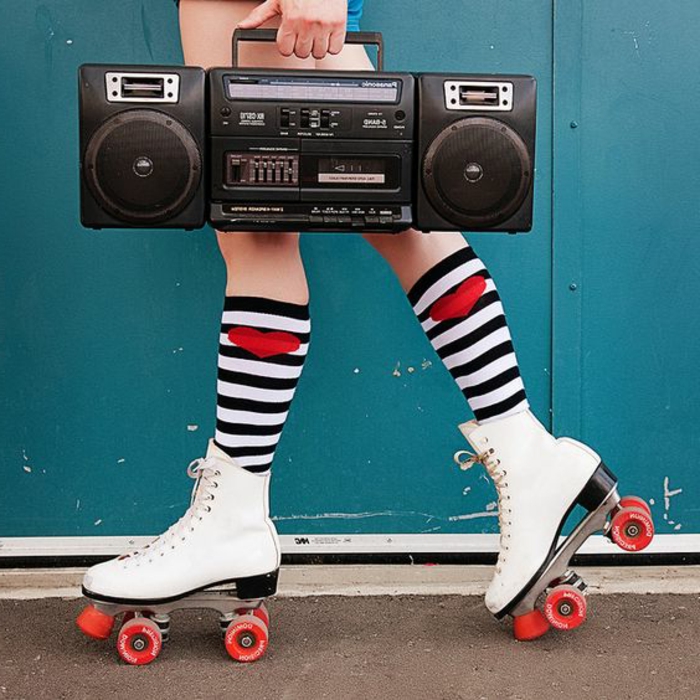
How to Spot REAL Acid Wash Denim
Acid wash was more than a style; it was a chemical process that involved tumbling denim with pumice stones soaked in a chlorine solution. This stripped the dye in a harsh, uneven way.
To spot the real deal, look for a pattern that’s completely random and mottled, not uniform and printed-on like some modern versions. Authentic acid wash from the era also has a slightly fuzzy, worn texture from the pumice stones. You can often find a great pair of jeans or a jacket for $25-$45, depending on the condition and brand.
Thrifting Pro-Tip: When you’re digging through the racks, take a second to check the tags. If you see “Made in USA,” “Made in Korea,” or “Made in Taiwan” on a non-designer item, it’s a pretty good clue that it could be a genuine piece from that time period. It’s a lesser-known trick that can help you date things quickly!

So, here’s a little challenge for you: The next time you’re out, try to find one piece of authentic 80s fashion. Maybe it’s a rayon blouse or a blazer with some subtle shoulder pads. Feel the fabric, check the tag, and just appreciate the history. You might be surprised at what you find!
Inspiration Gallery
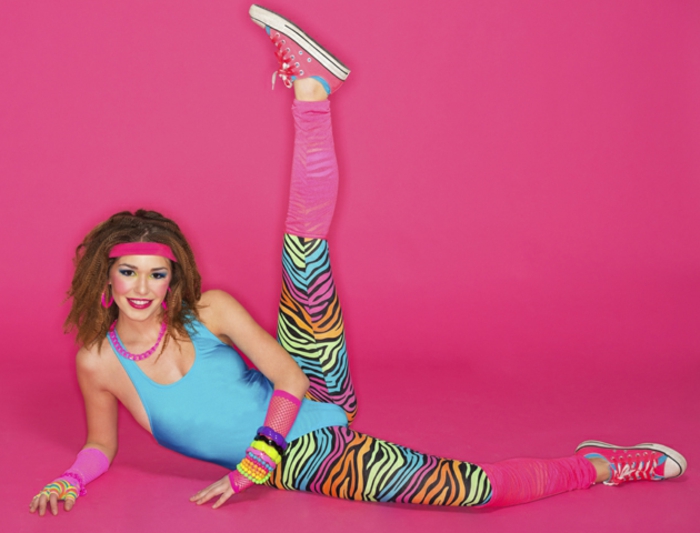
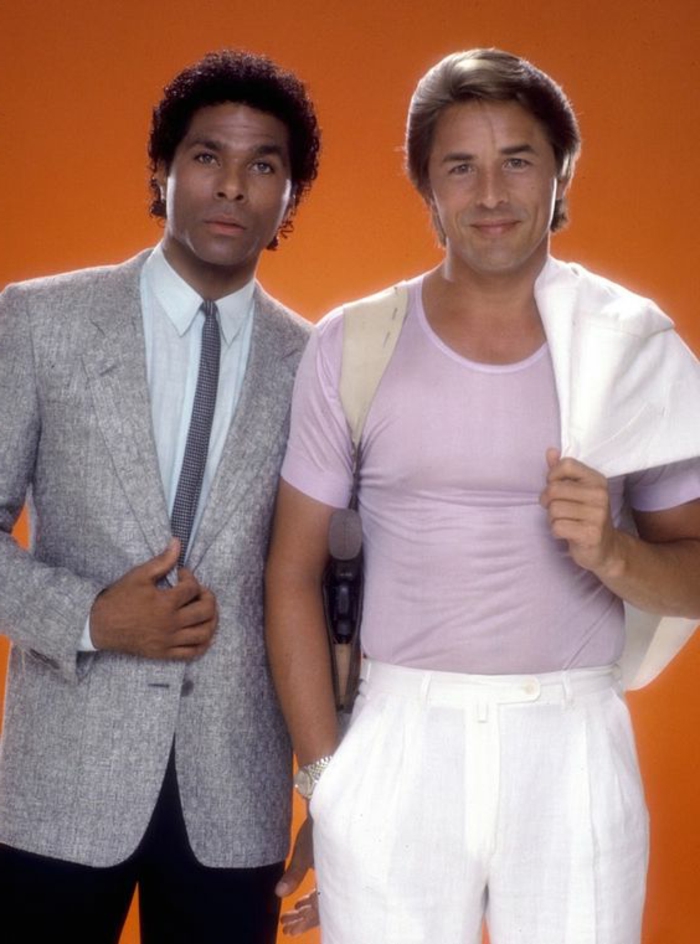
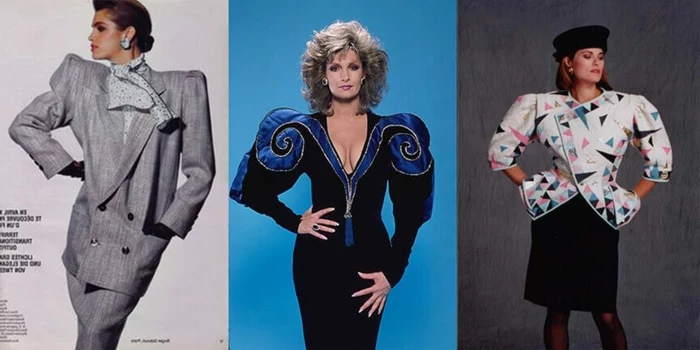
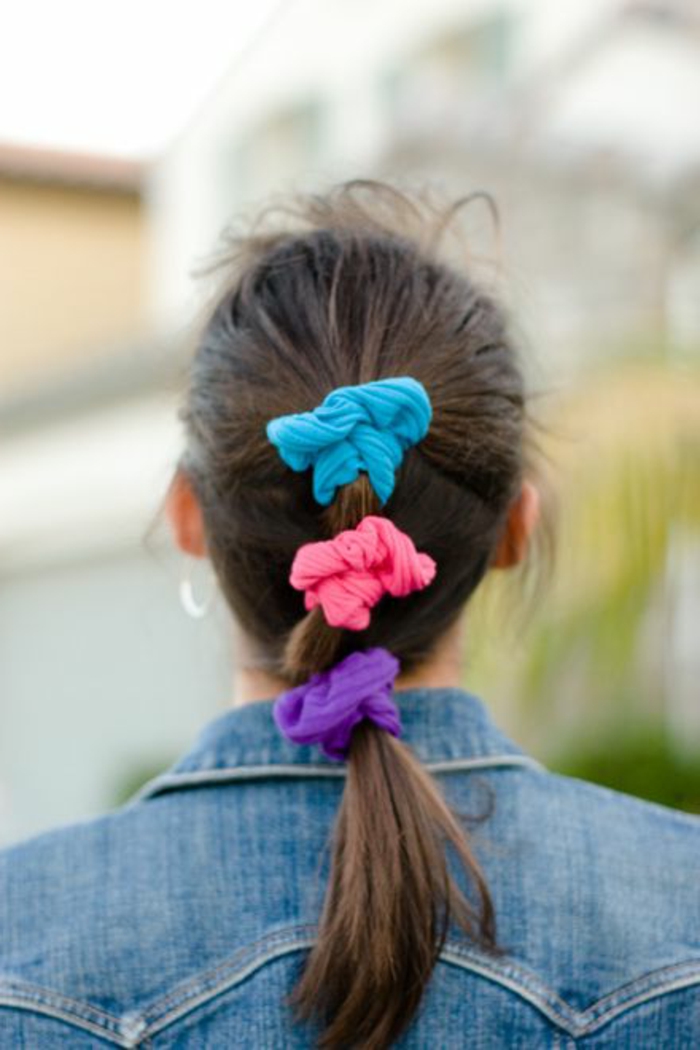
Those gigantic shoulder pads… keep or remove?
It’s the eternal 80s question! For an authentic power look, keep them. They create that iconic, sharp silhouette. For a more subtle, modern interpretation, they can be easily removed. Most are just tacked into the shoulder seam with a few threads. A seam ripper and ten minutes are all you need to completely transform a vintage blazer.
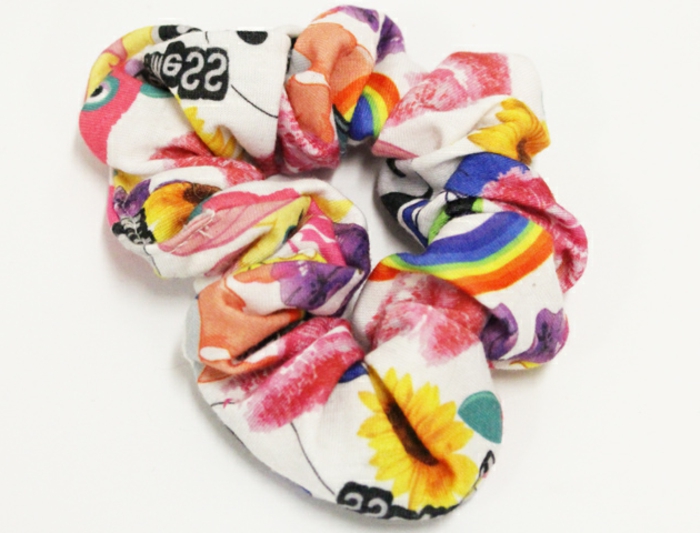
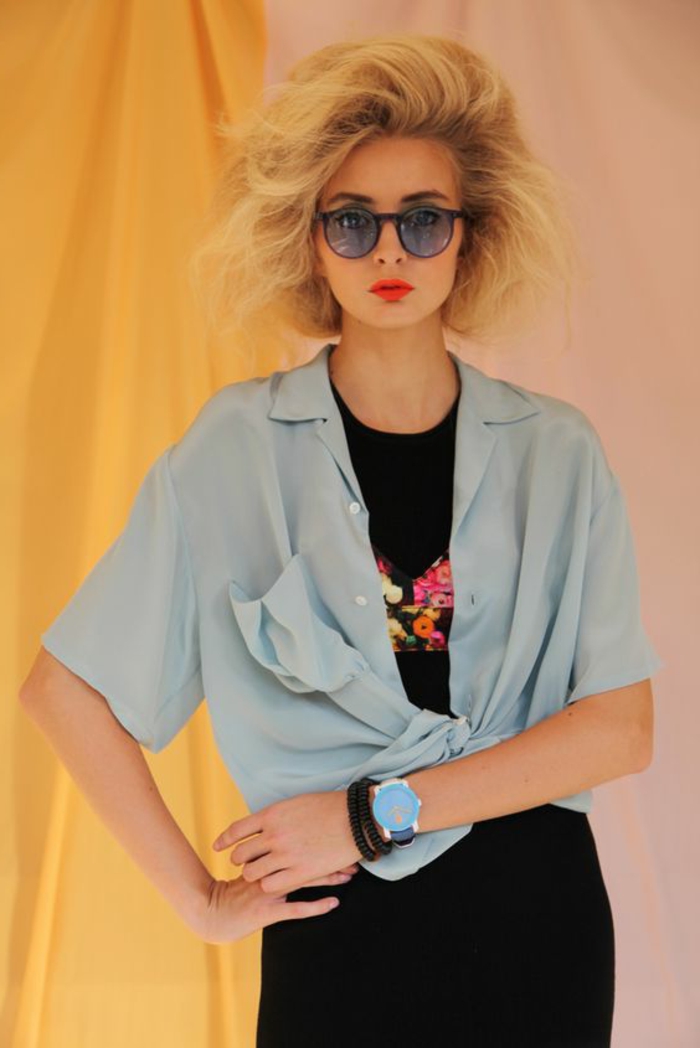
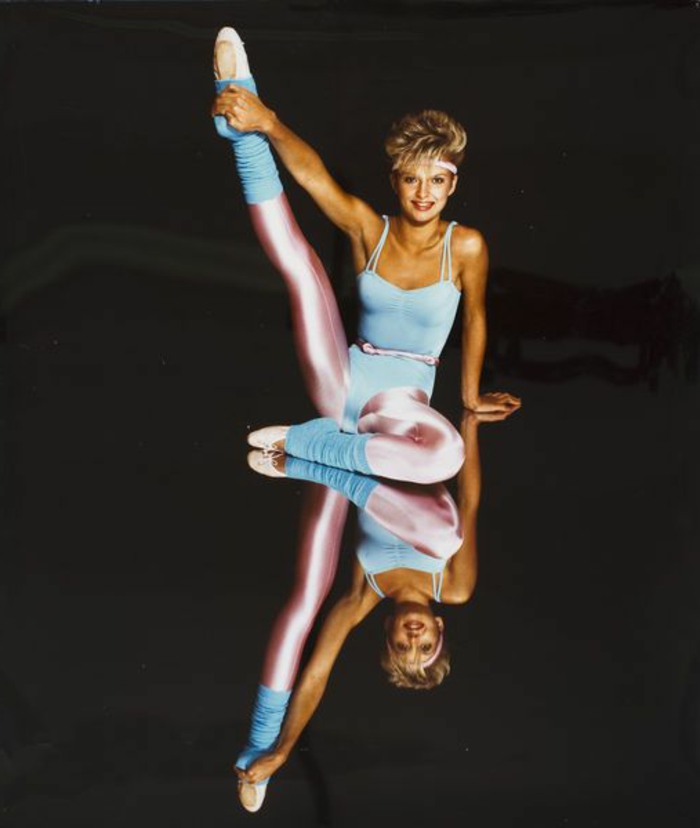
- Look for deep, vibrant colors and geometric prints.
- Feel for a soft, slightly heavy, and fluid drape.
- Check the tag for 100% Rayon or Viscose.
The secret? You’ve likely found a classic 80s blouse. Rayon was the decade’s go-to for achieving a silk-like luxury feel and look without the high cost and delicate care.
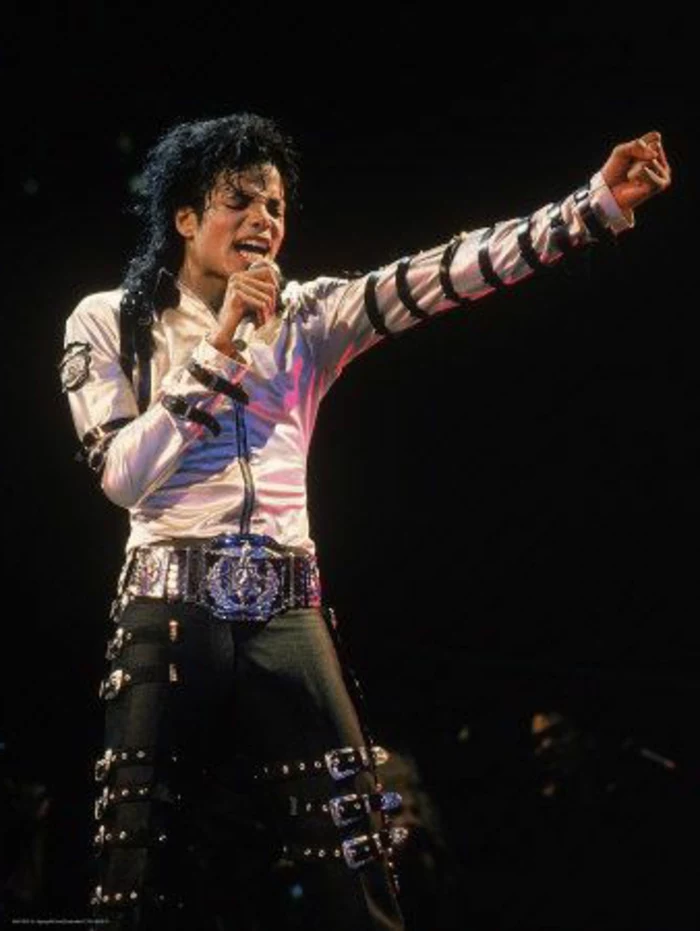
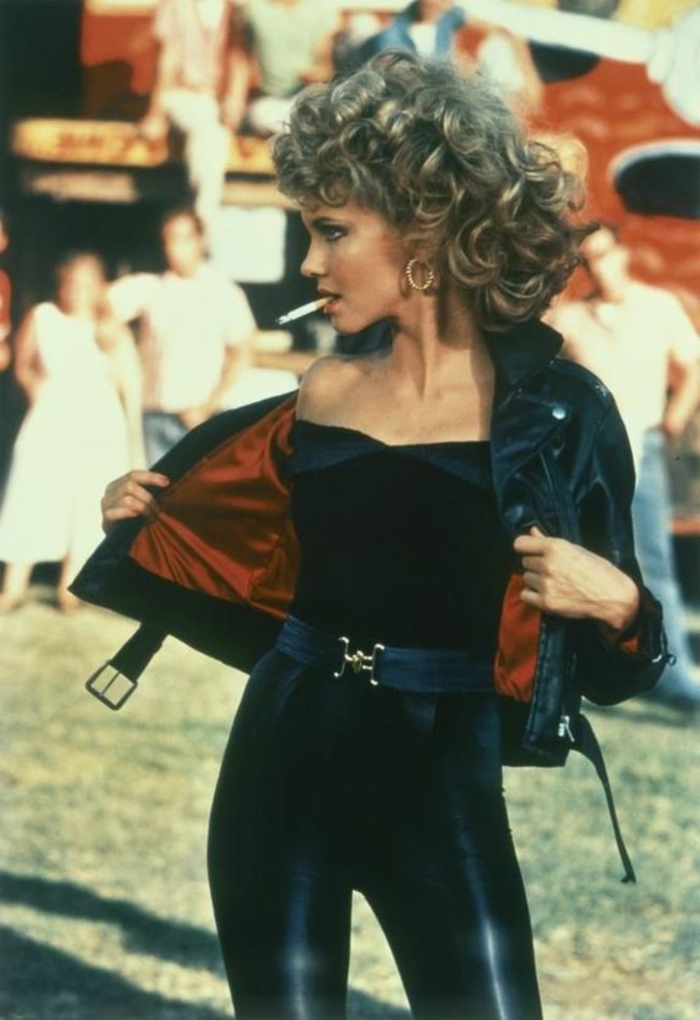
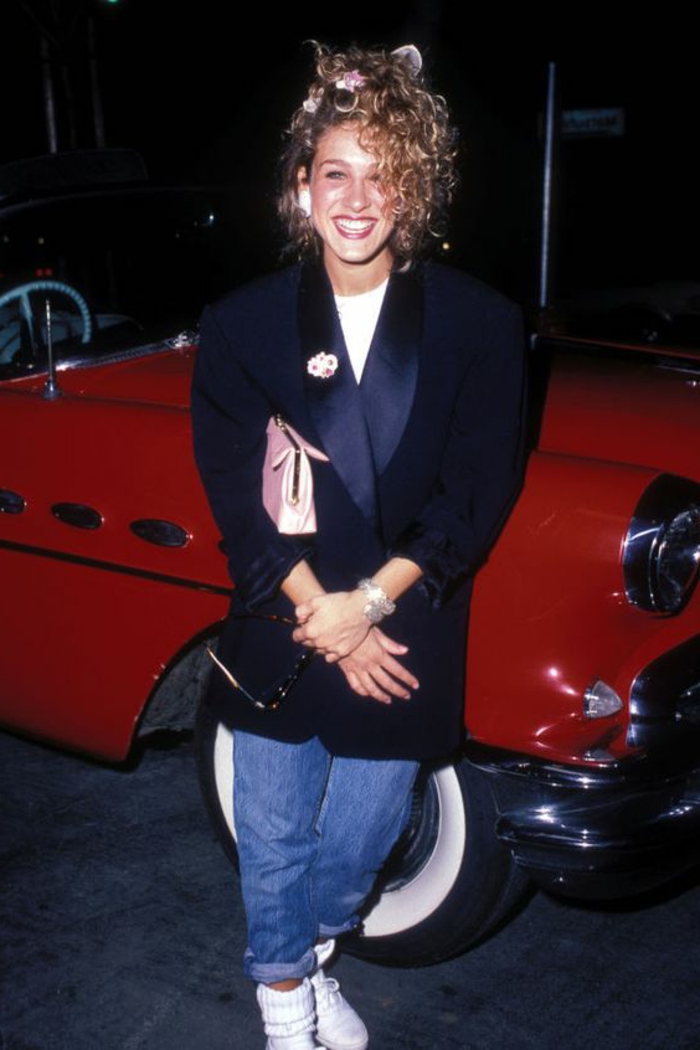
The Label is Your Rosetta Stone: Before you even look at the style, check the tag. A
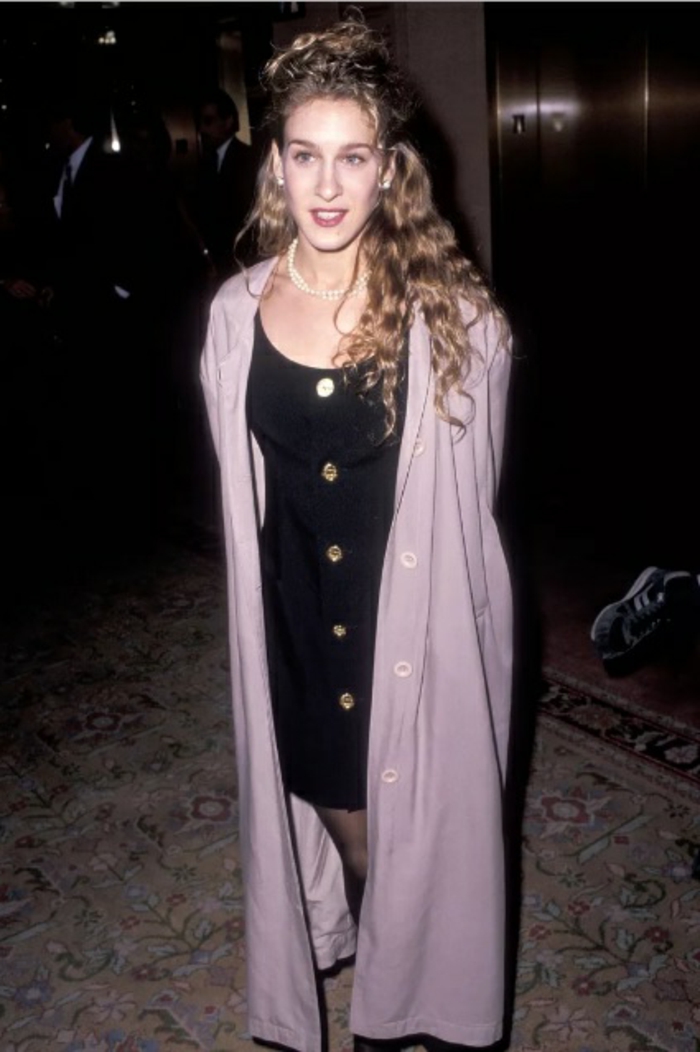

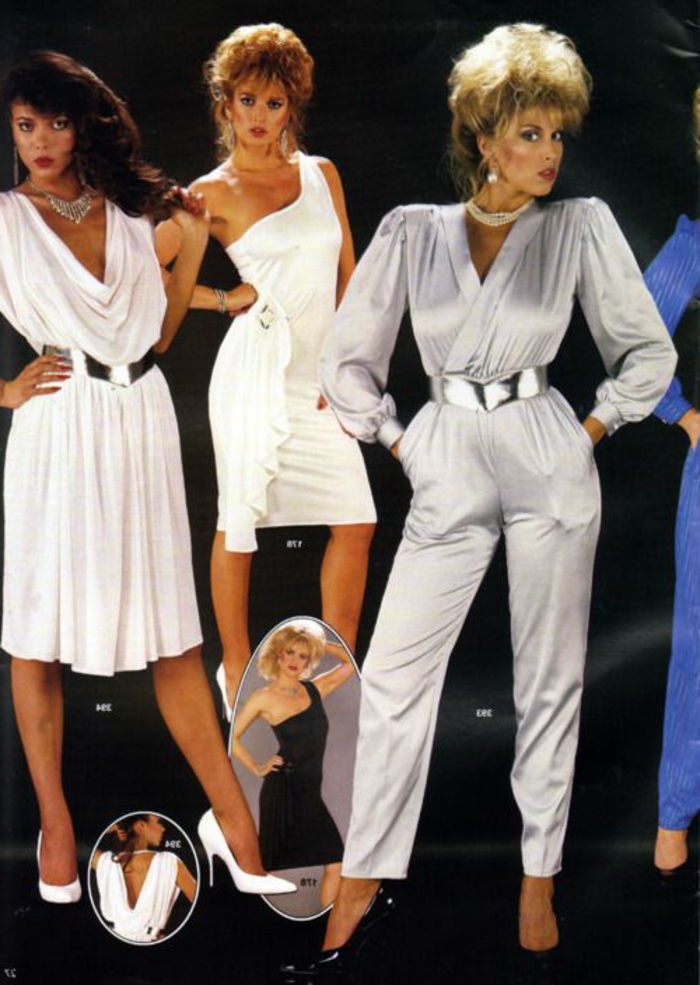
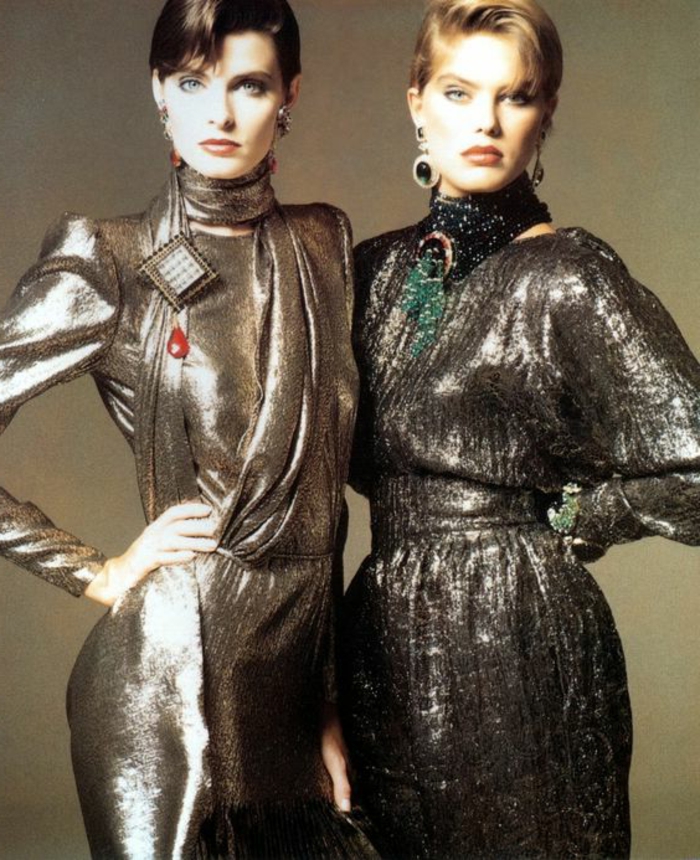
By 1989, annual sales of acid-wash jeans in the U.S. reached an estimated $500 million.
This means the market was flooded, and a lot of it has survived. The trick to wearing it now is to find a pair with a more subtle, less splotchy wash. Pair it with a minimalist top—a simple black turtleneck or a crisp white tee—to let the denim make a statement without screaming costume.
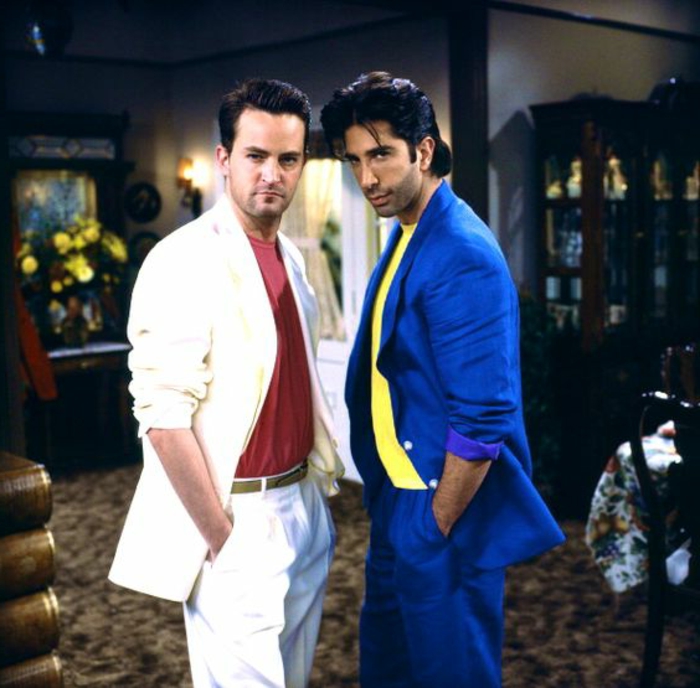
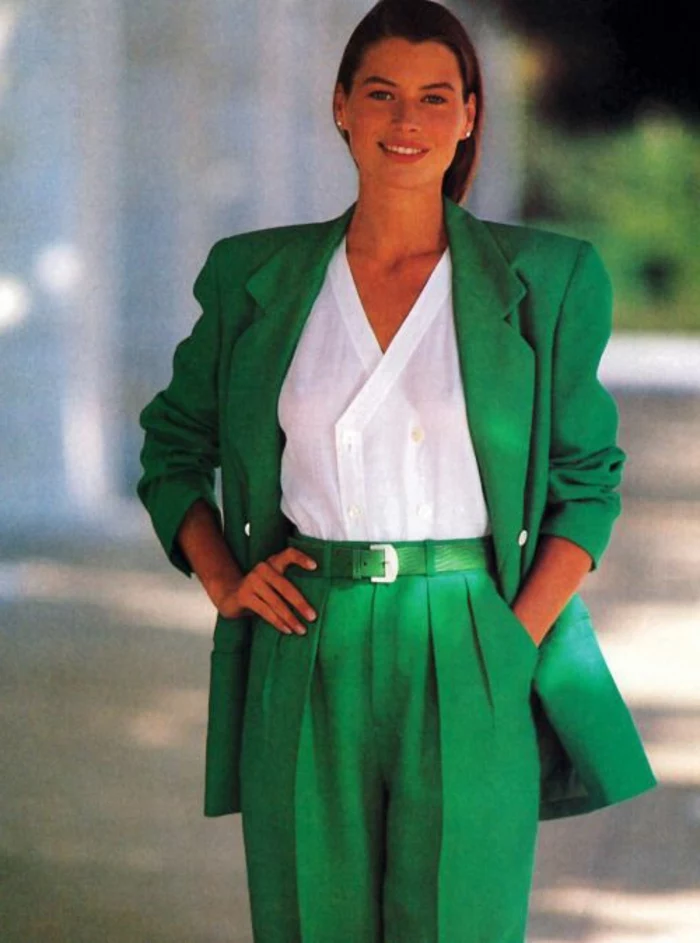
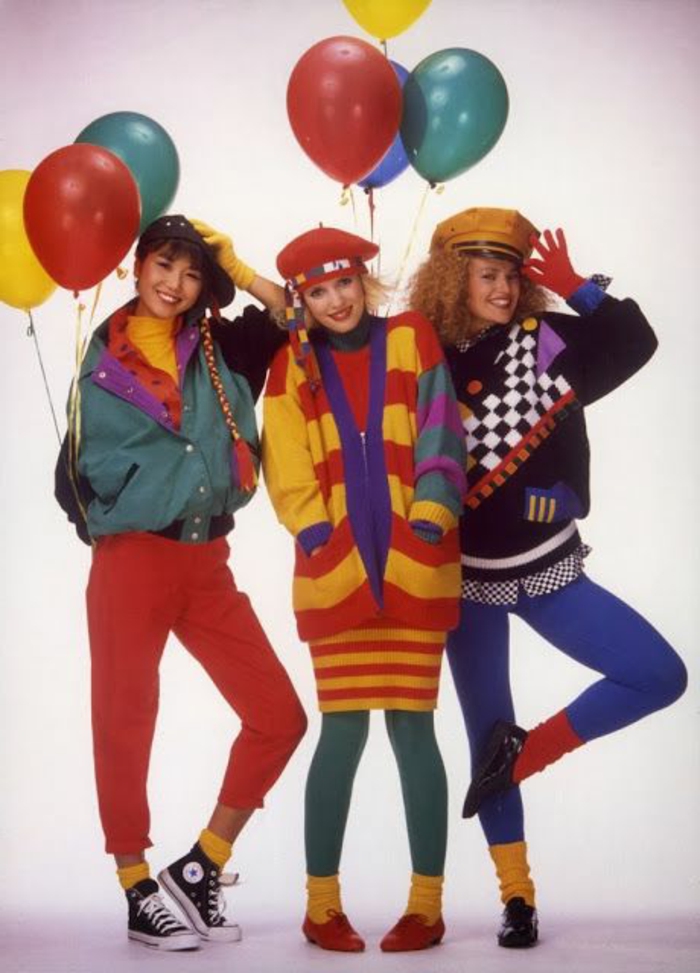
Don’t just stick to the women’s section. Some of the best 80s finds are hiding in menswear. An oversized men’s blazer, a worn-in band tee from a new wave group, or a chunky cable-knit sweater from The Gap or Izod can be the perfect androgynous piece to anchor a modern look.
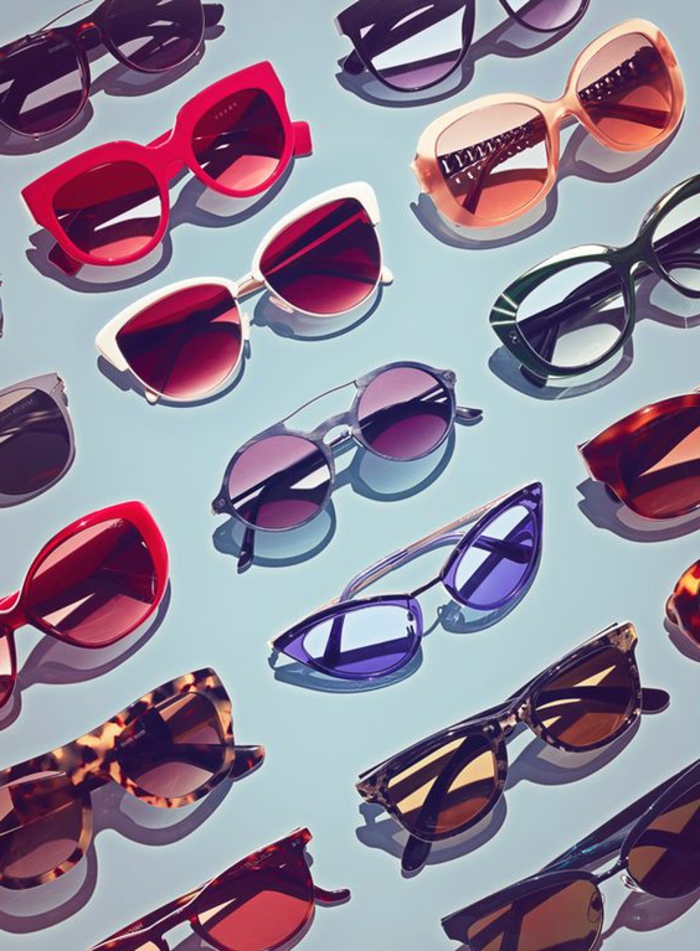
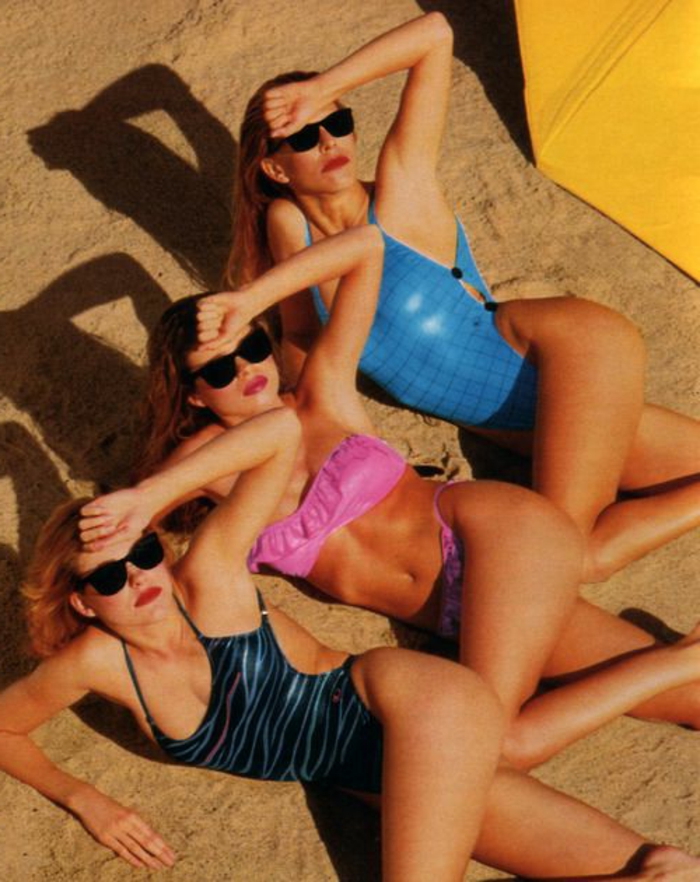
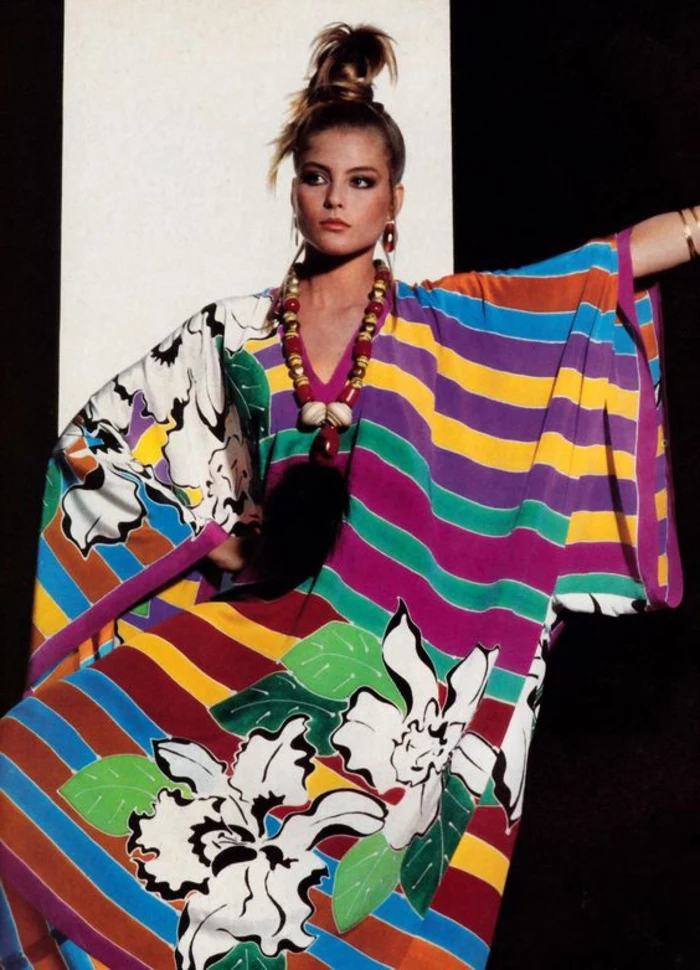
Authentic 80s Denim: Often 100% cotton, rigid, and with a high, straight waist. Think early Levi’s 501s. They mold to your body over time.
Modern
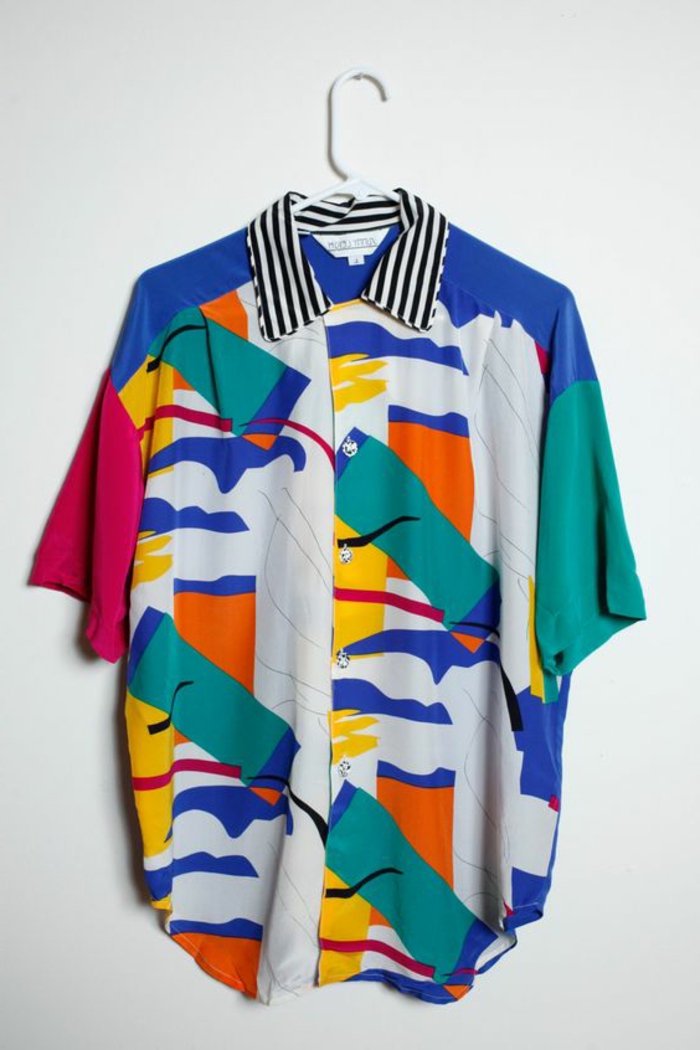
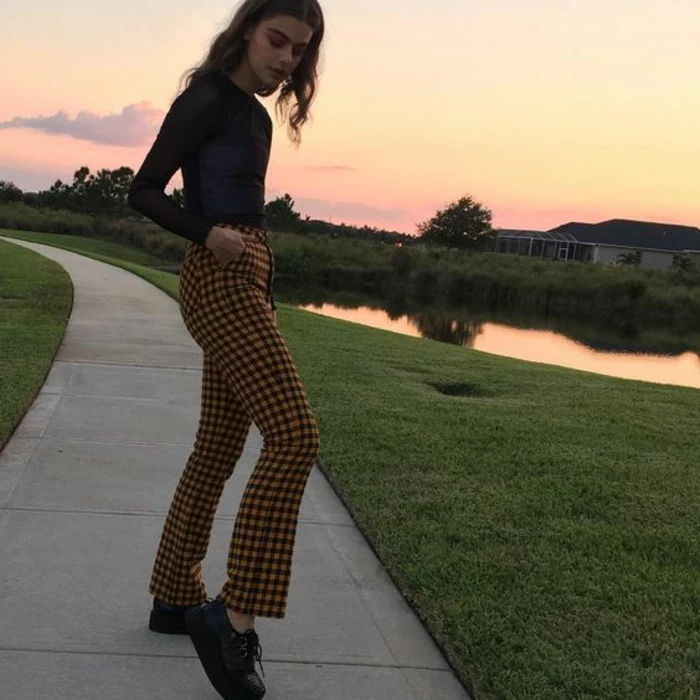

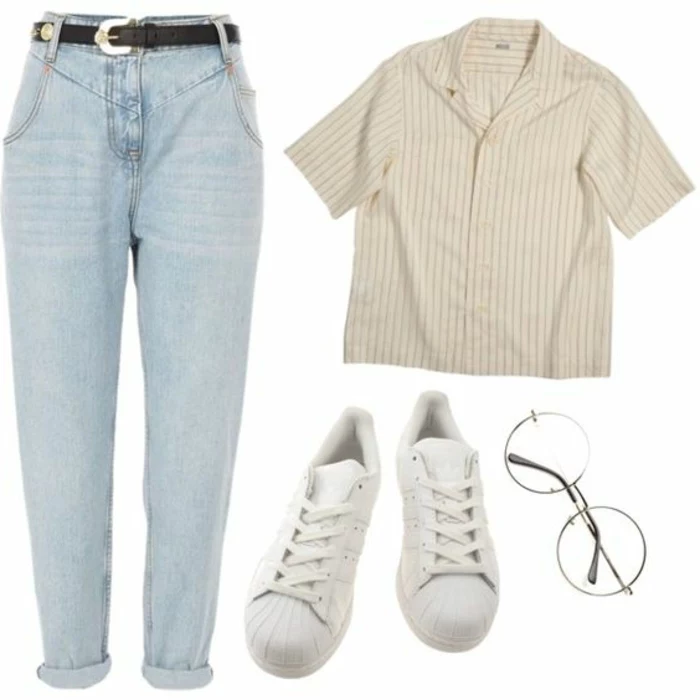
The quintessential
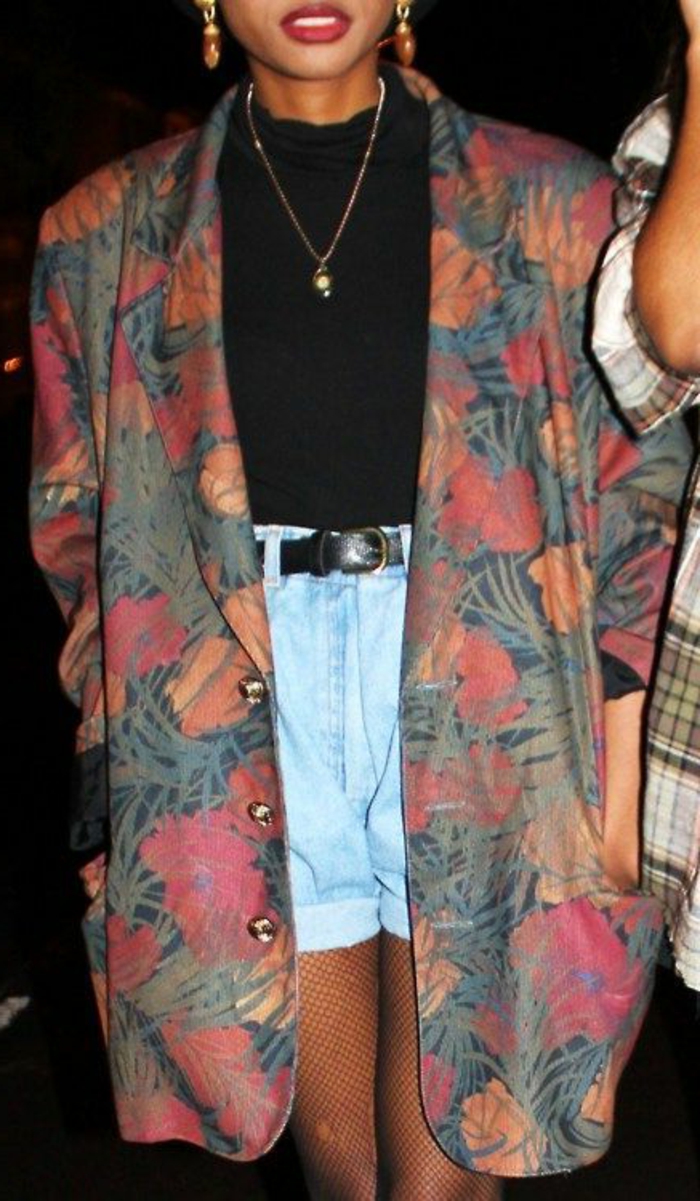
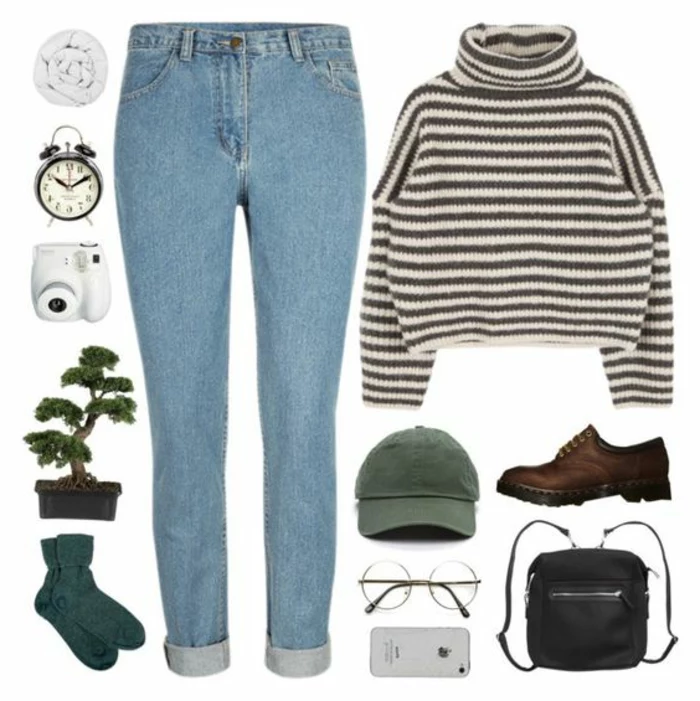
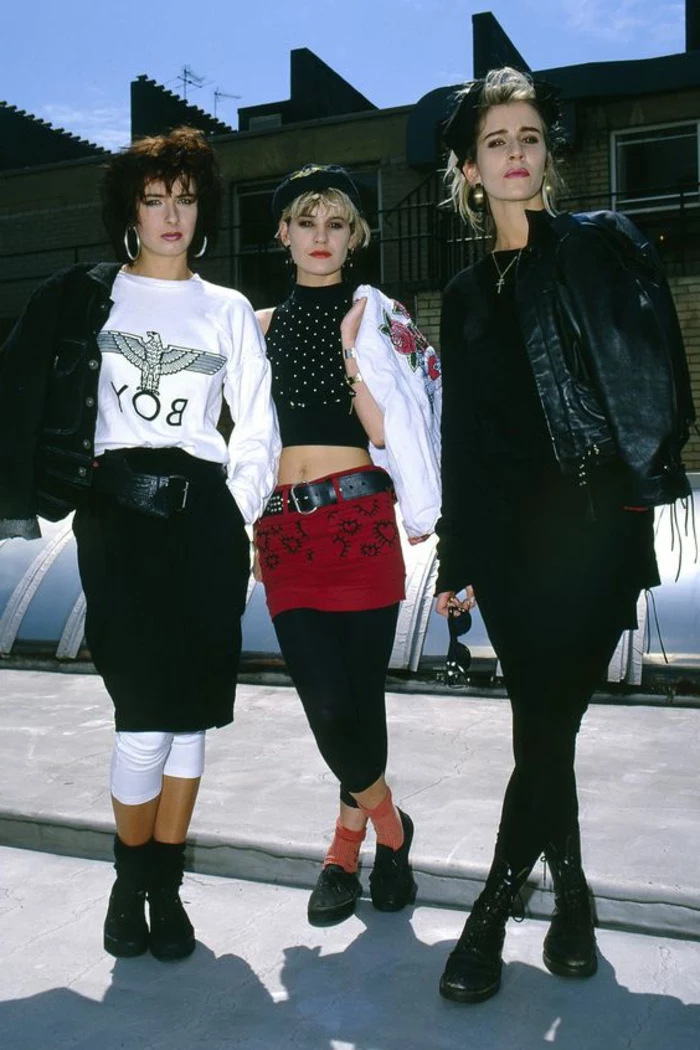
That slightly shiny, papery fabric on windbreakers and tracksuits? It’s crinkle nylon. It was lightweight, water-resistant, and came in the most incredible color-blocked designs. A tip for care: always use a cold, gentle wash cycle and hang to dry. A hot dryer can permanently damage or even melt the fabric.
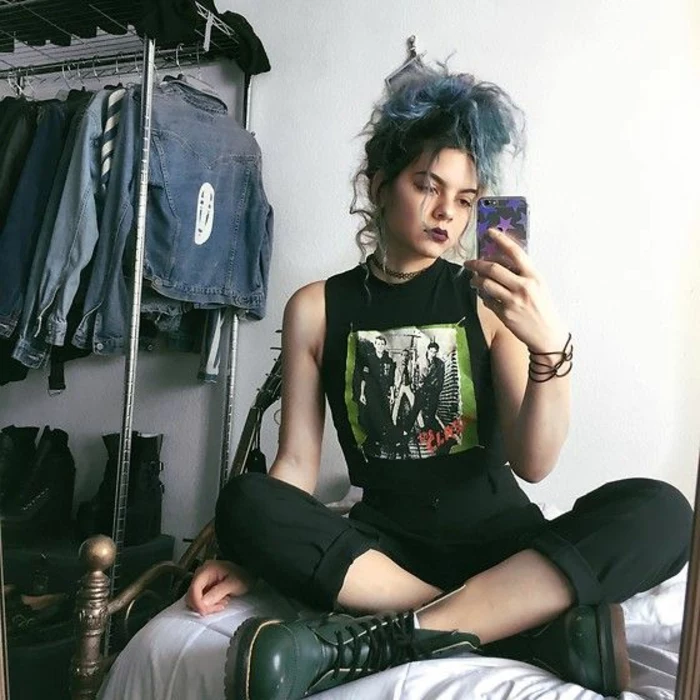
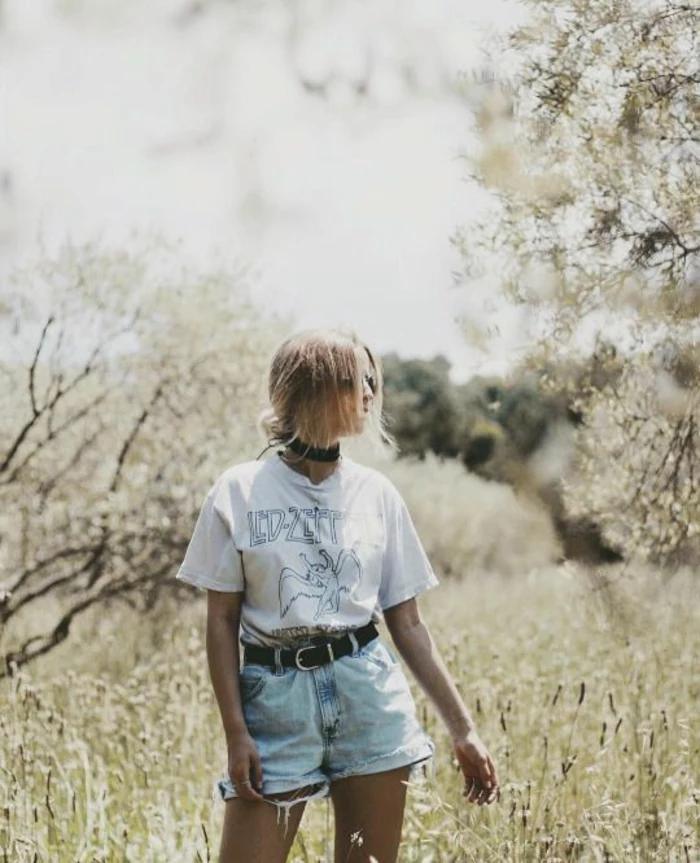
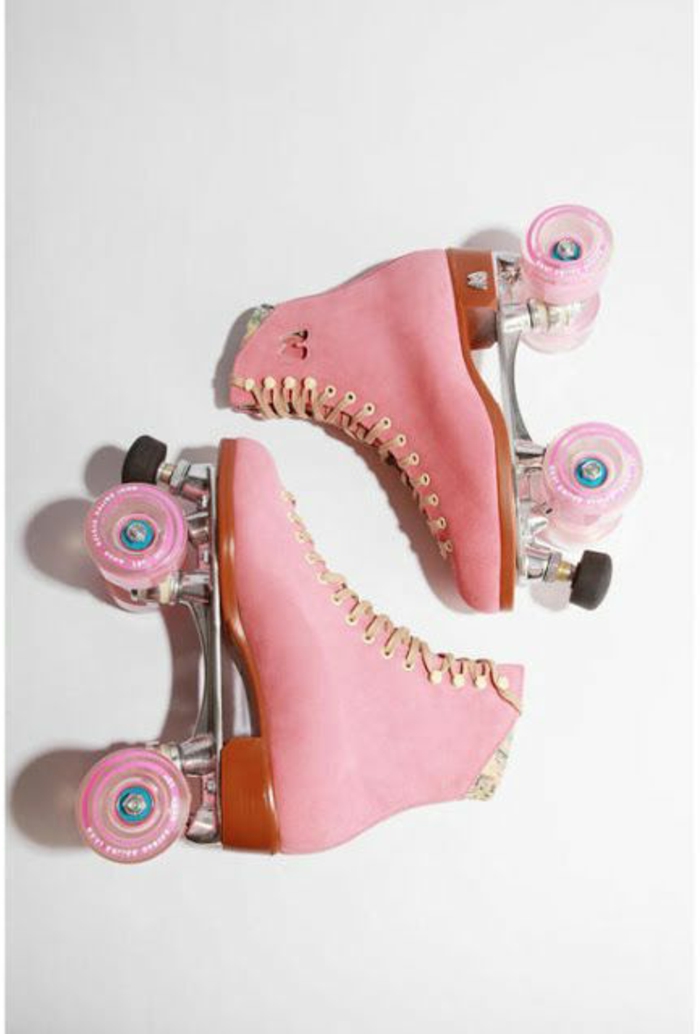
A word on sizing: Never trust the number on a vintage tag. Sizing was not standardized the way it is today, and an 80s size 12 might be closer to a modern 6 or 8. The best approach is to ignore the label and either try the garment on or bring a measuring tape to check the waist, hips, and bust yourself.
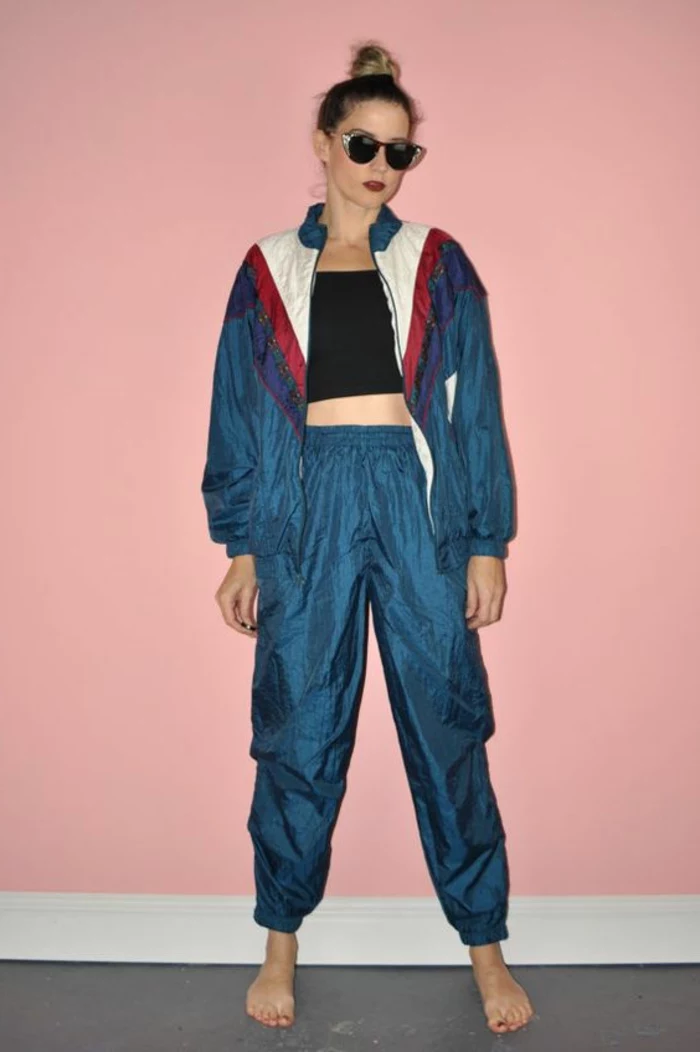
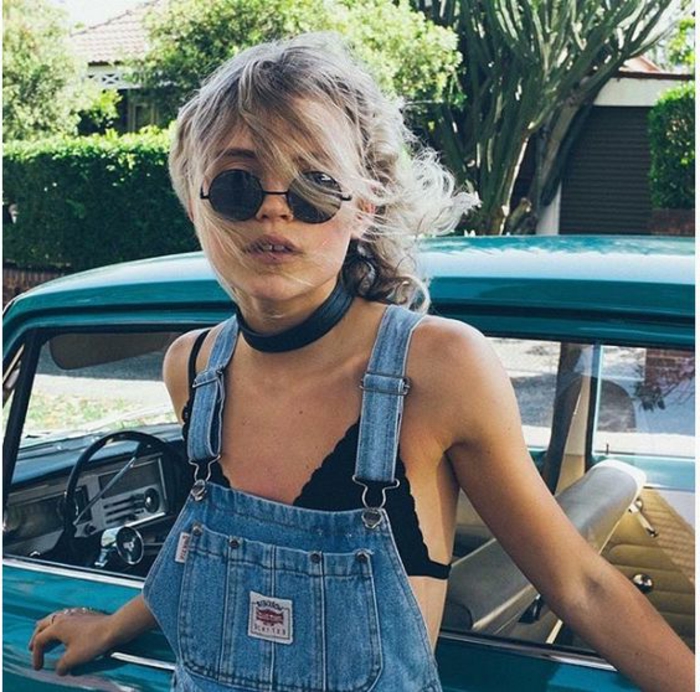
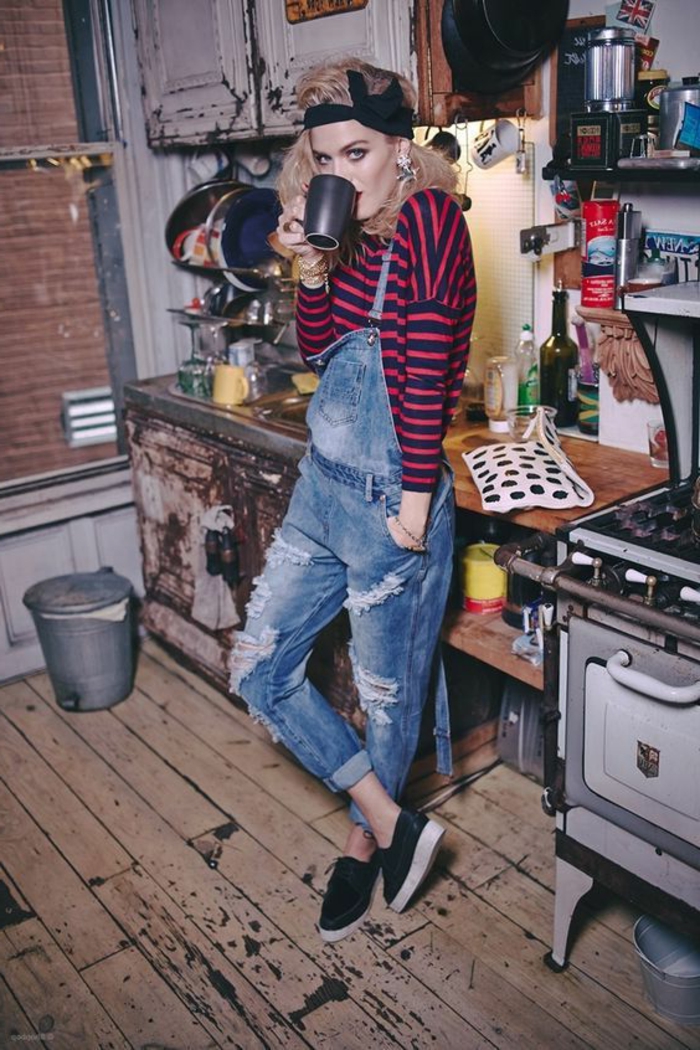
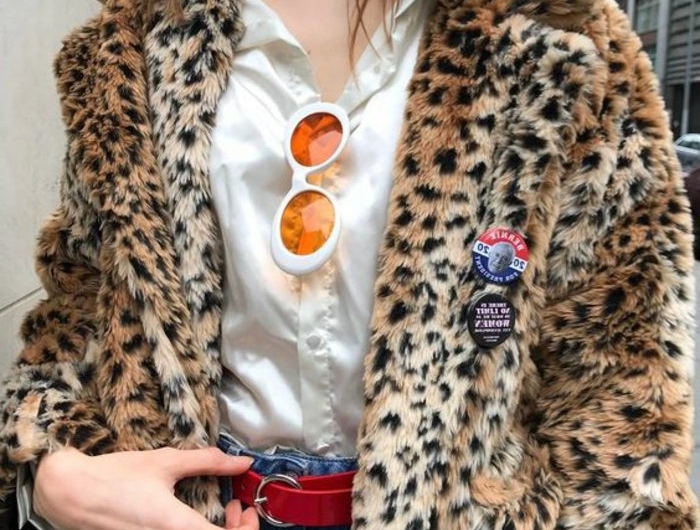
Beyond the power suits and neon, the 80s also perfected the Preppy look. For an authentic vibe, keep an eye out for these thrift store staples:
- Chunky, cable-knit sweaters (often in cream, navy, or hunter green).
- Classic Izod Lacoste polo shirts with the alligator logo.
- High-waisted pleated khaki trousers or skirts.
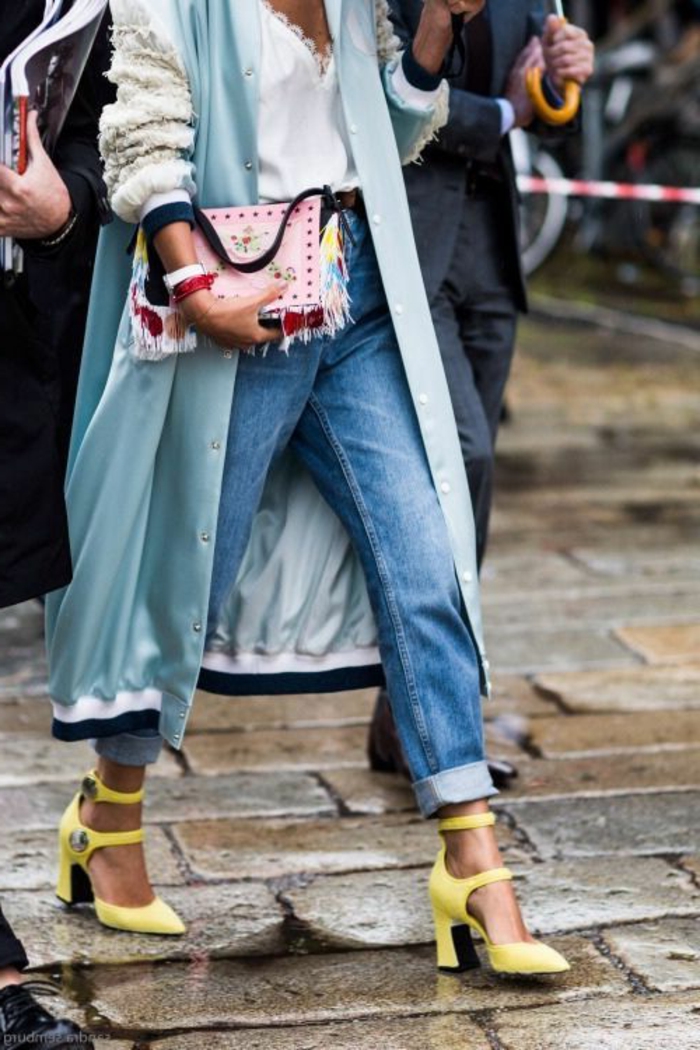
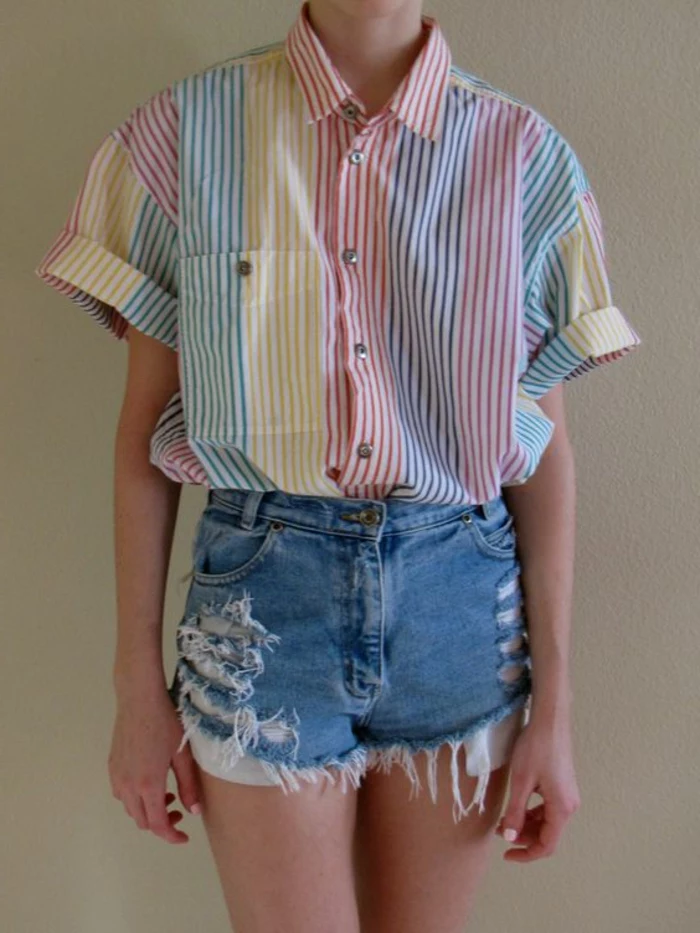

The Swatch watch, launched in 1983, was made of only 51 components, compared to the 91 or more in traditional watches.
This simple, plastic construction made them affordable, collectible, and the ultimate 80s accessory. Finding a working one is a bonus, but even a non-functional Swatch worn loosely like a bracelet adds a perfect, quirky touch of authenticity.
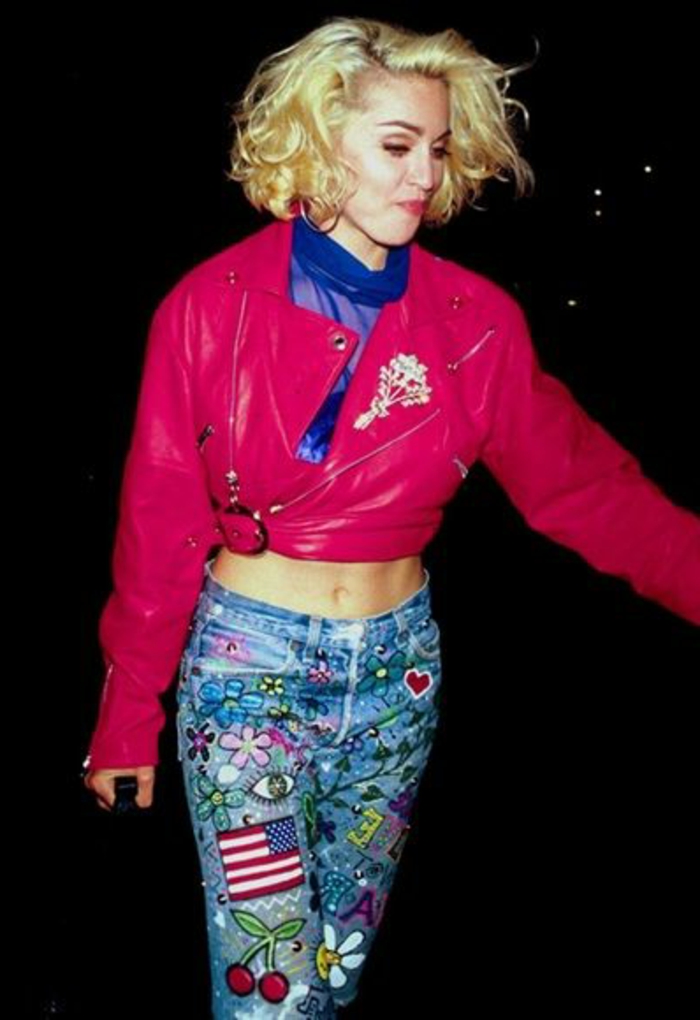
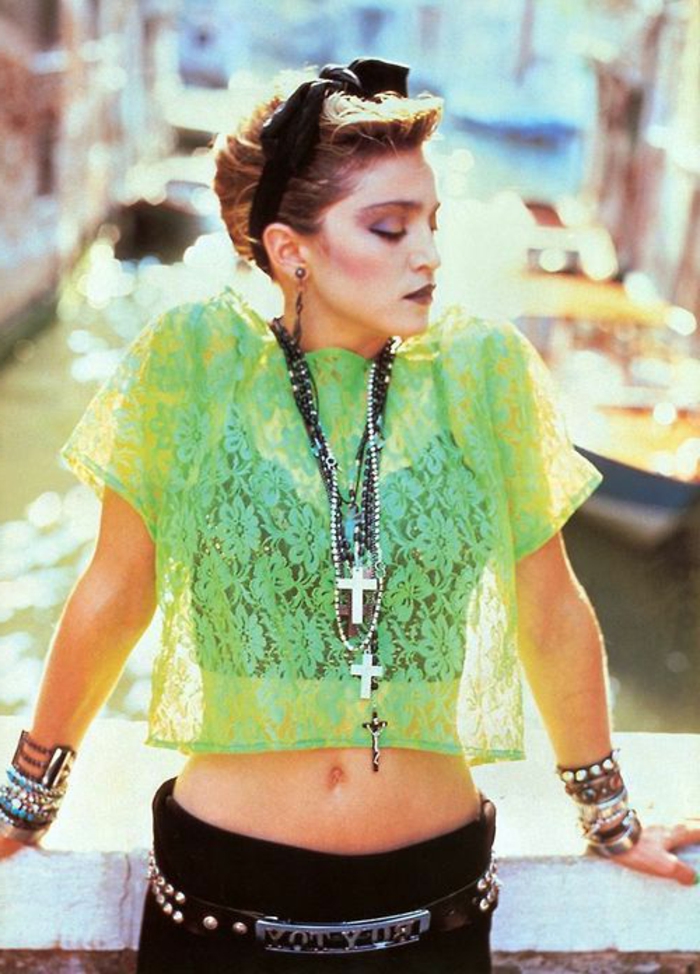
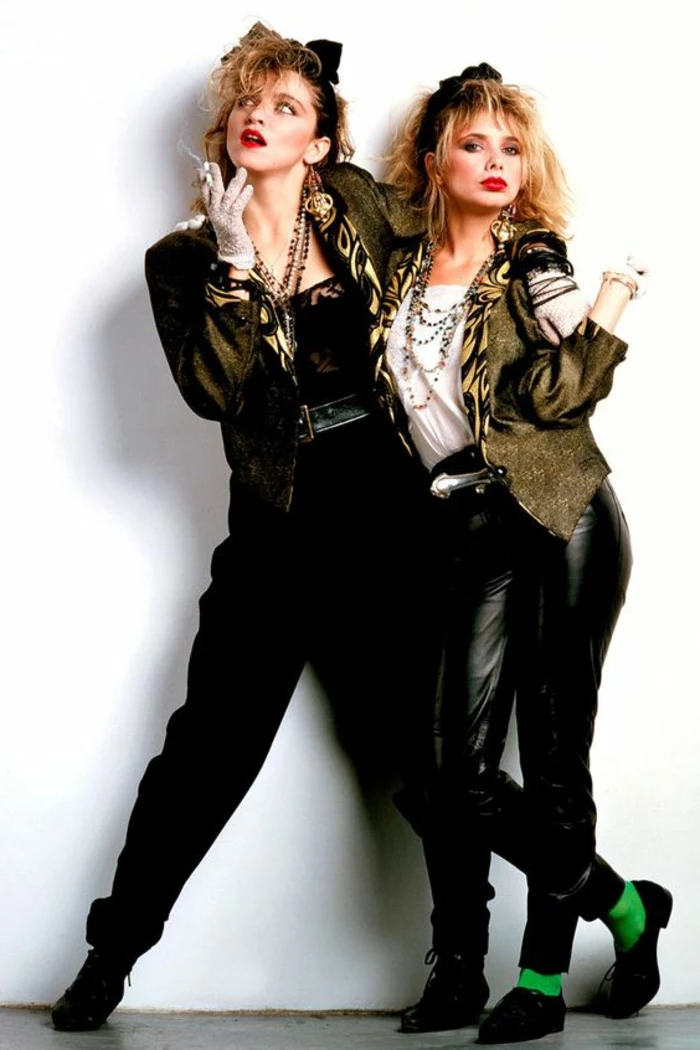
Don’t forget to look down! The 80s embraced fun, slouchy socks. They were worn pushed down over leggings with high-top sneakers, or peeking out from loafers. Finding a multi-pack of unworn slouch socks in pastel colors is a small but deeply satisfying thrift store victory.

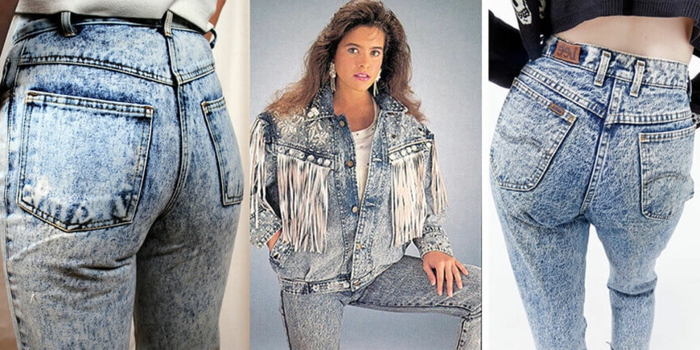
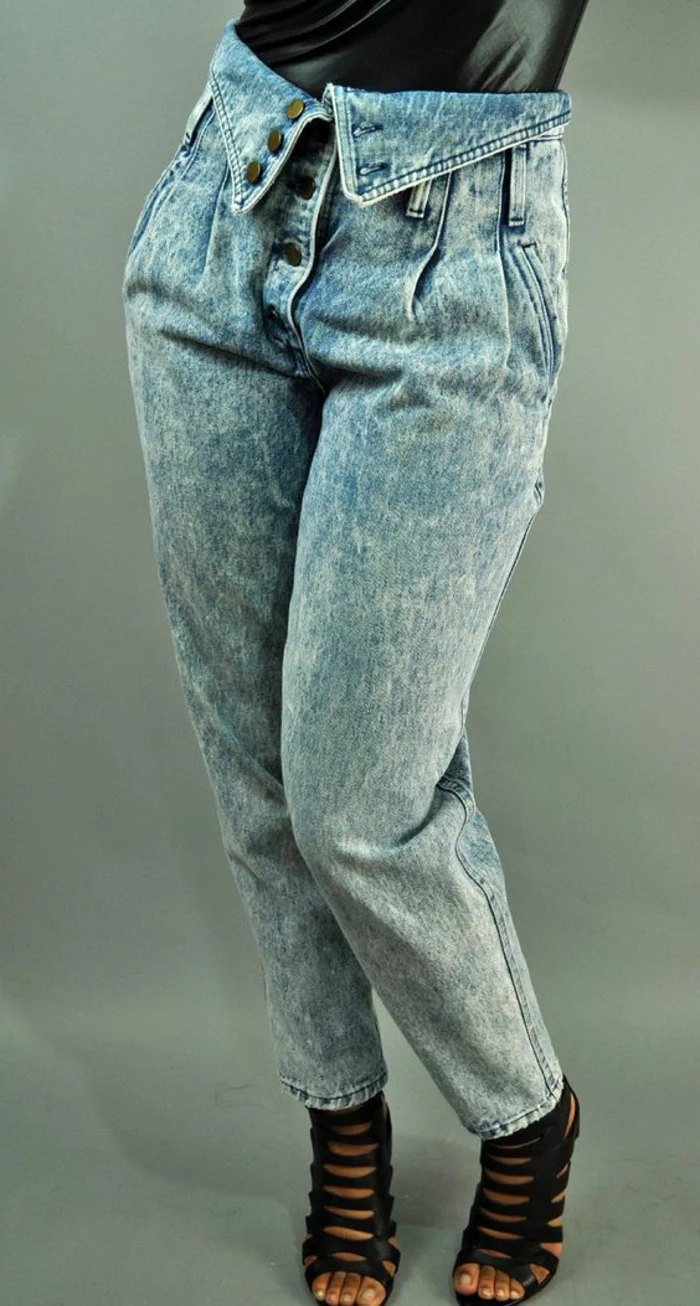
How do I clean that distinct
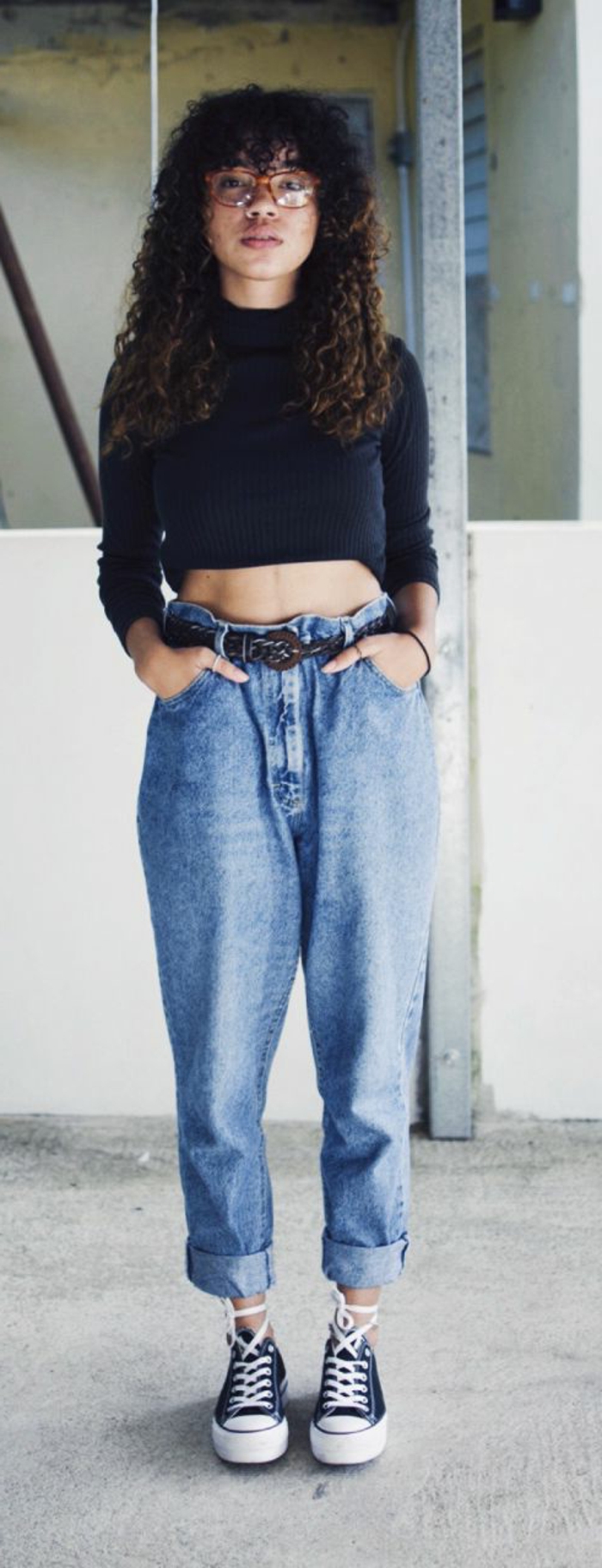
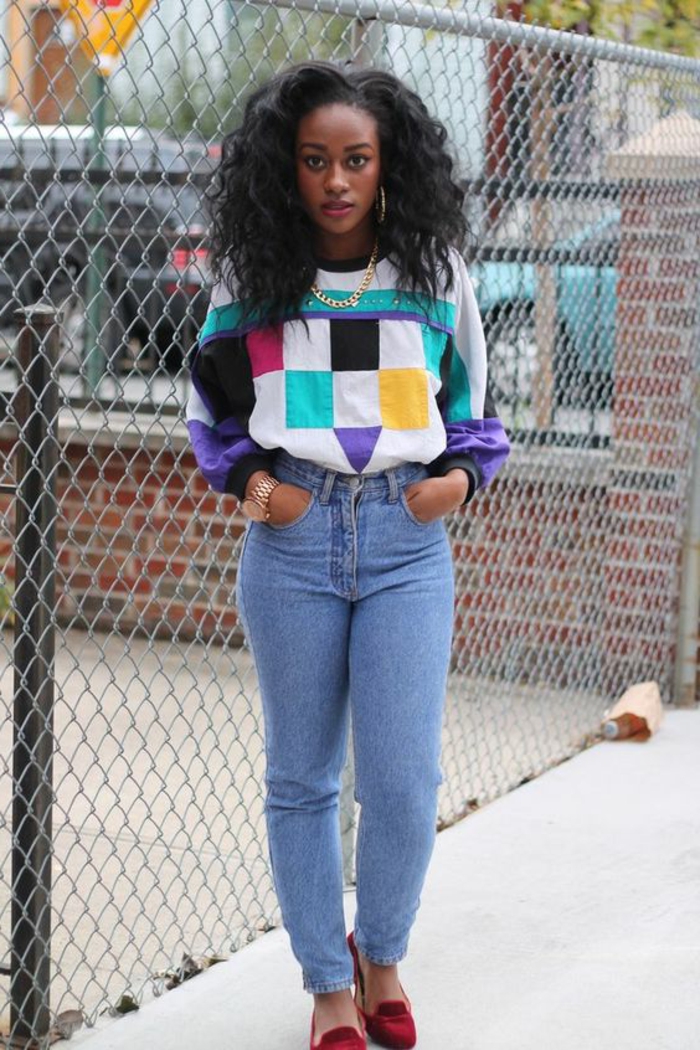
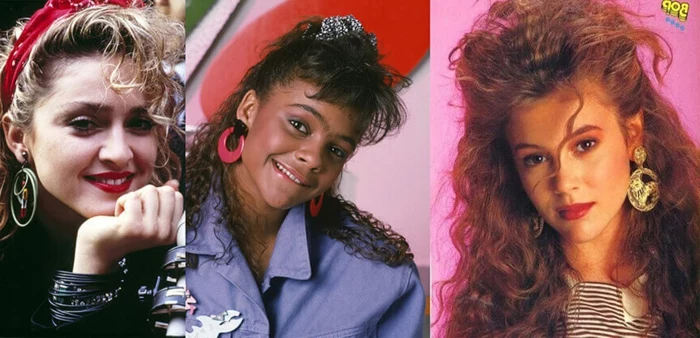
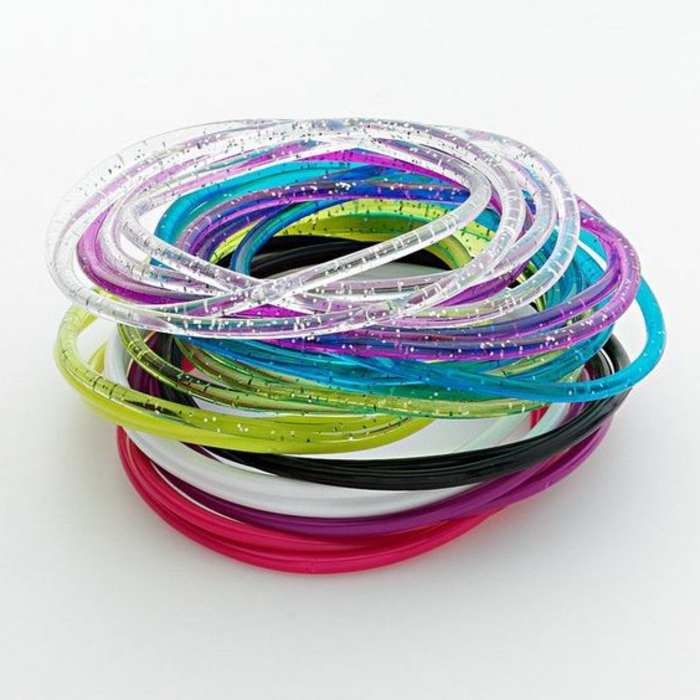
The rise of MTV in 1981 directly fused music and fashion, creating video style icons. Think Madonna’s layered lace and crucifixes, Janet Jackson’s military-inspired Rhythm Nation uniforms, or the sleek, minimalist cool of Sade. Watching old music videos is a fantastic source of inspiration for styling your finds.
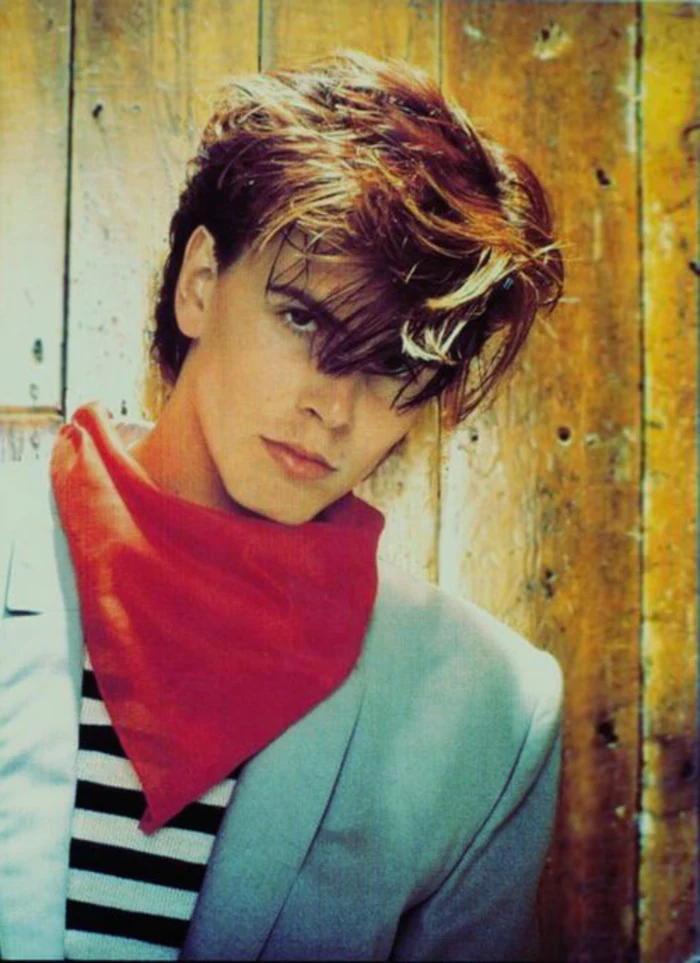
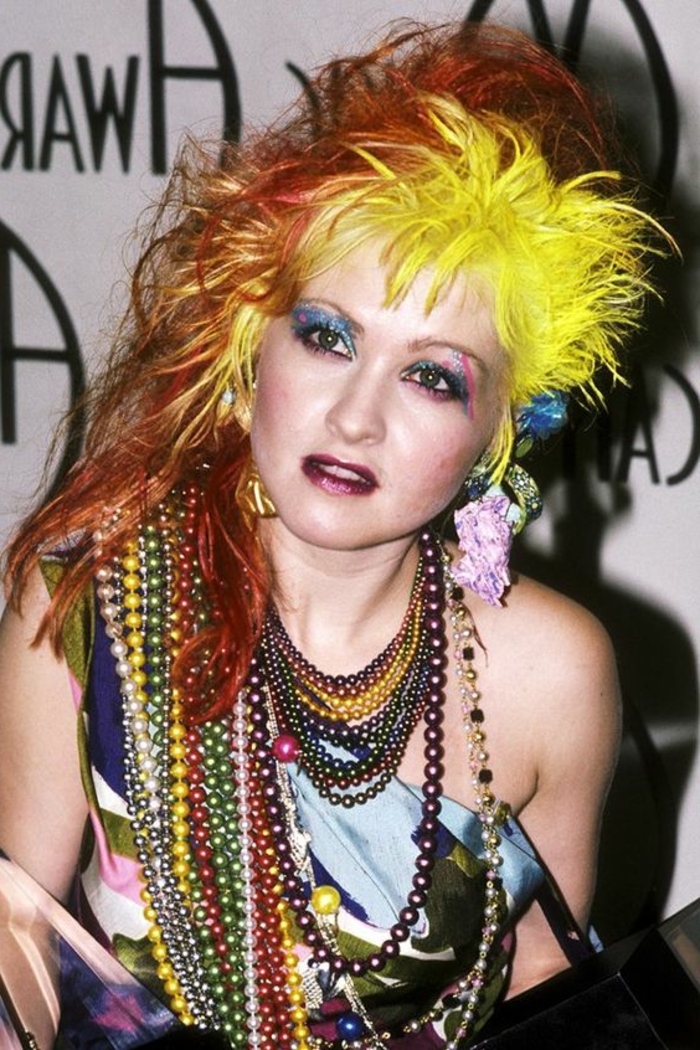
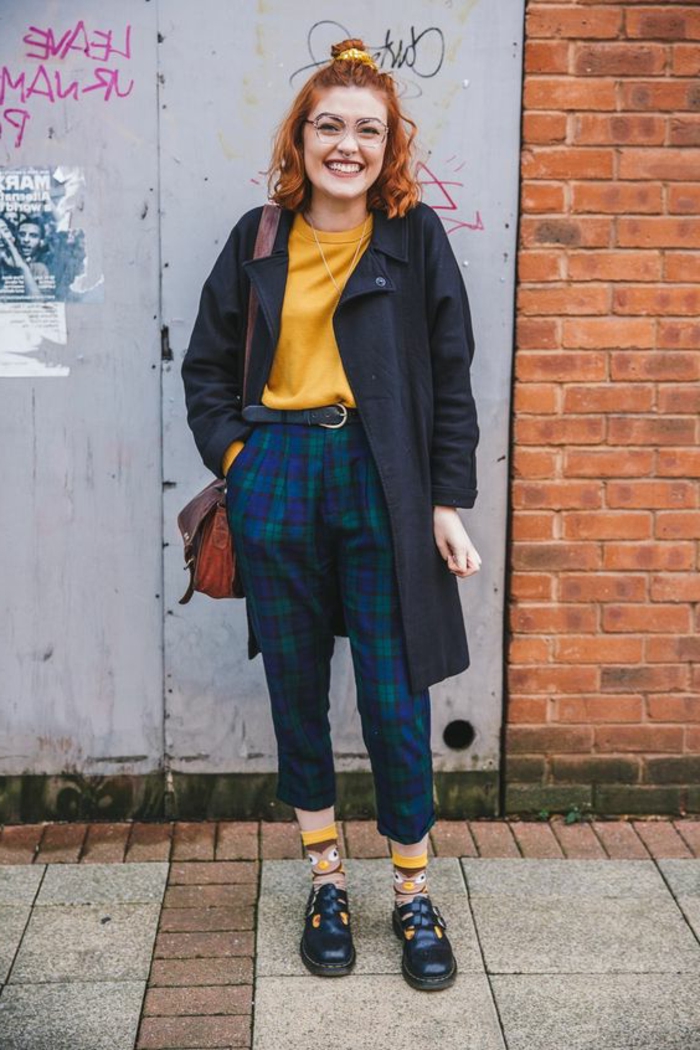
Batwing vs. Dolman Sleeve: Both give that classic relaxed 80s silhouette. A Batwing has a very deep armhole, sometimes reaching the waist, for a dramatic ‘wing’ effect. A Dolman is similar but generally less extreme, with a wide cut at the shoulder that tapers towards the wrist. Knowing the difference helps you search for the exact oversized fit you want.
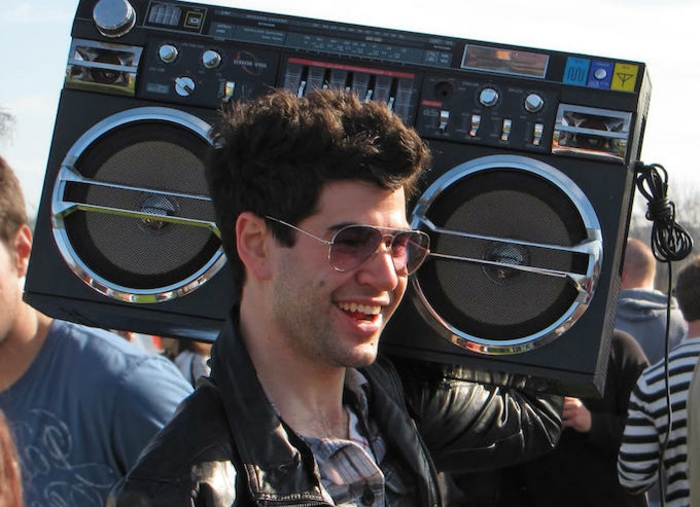
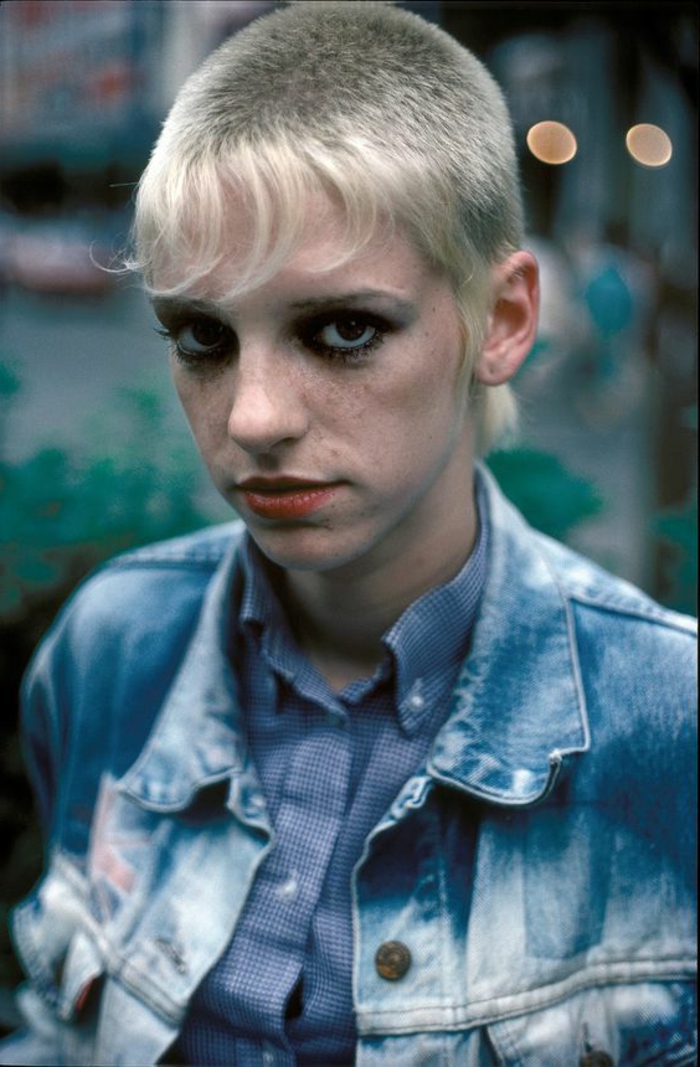
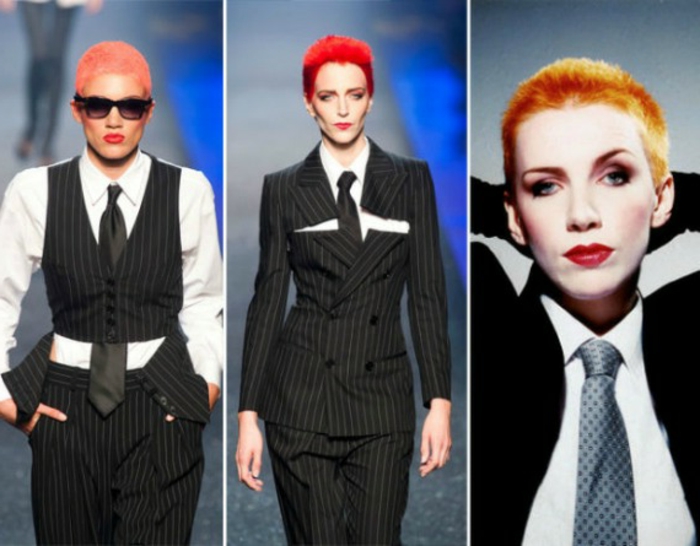
- A bold, confident statement.
- A complete outfit in a single piece.
- Often found with comfortable elasticated waists.
The secret? Don’t sleep on the 80s jumpsuit. Whether in a solid, vibrant color or a wild abstract print, it’s one of the most underrated and effortlessly cool garments from the decade.
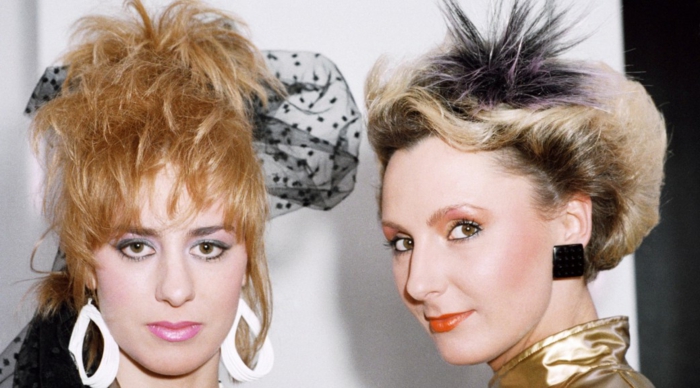
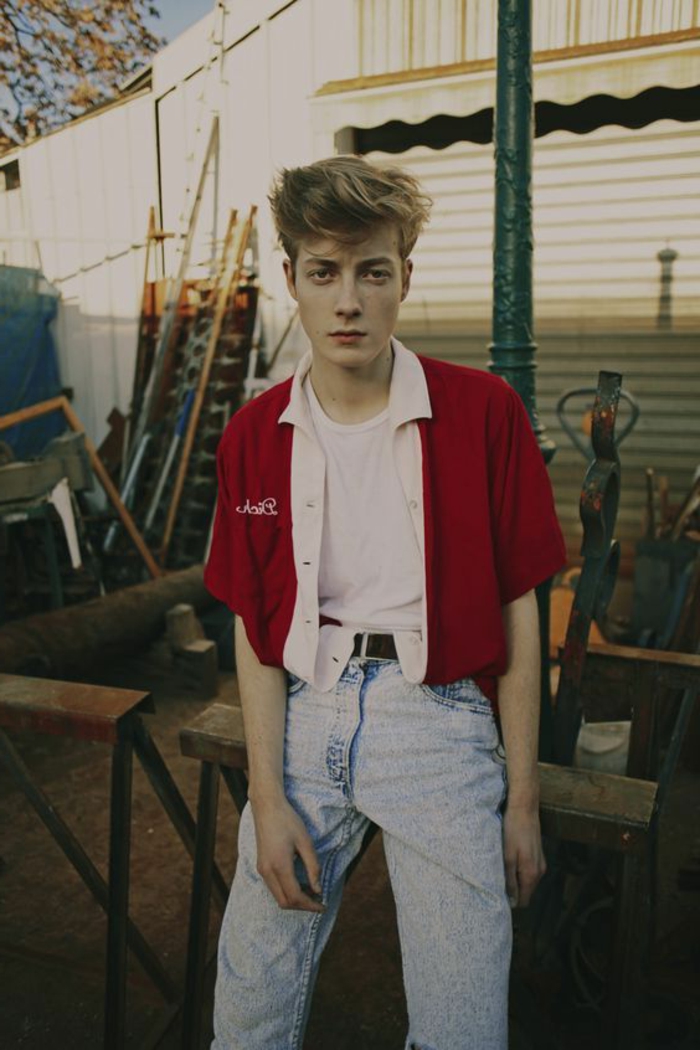
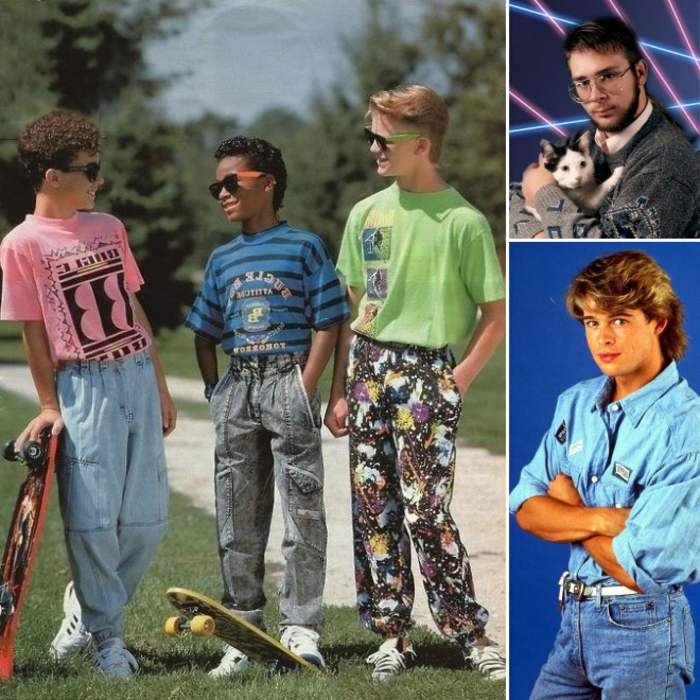
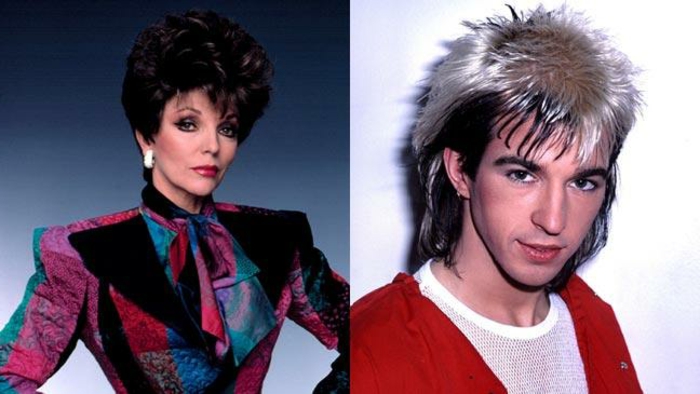
If you find a piece from Esprit, grab it. In the 80s, Esprit was the epitome of cool, casual, and colorful style. Guided by a strong graphic design sensibility, their clothes—especially their iconic logo sweatshirts—were less about structured glamour and more about playful, wearable fun.
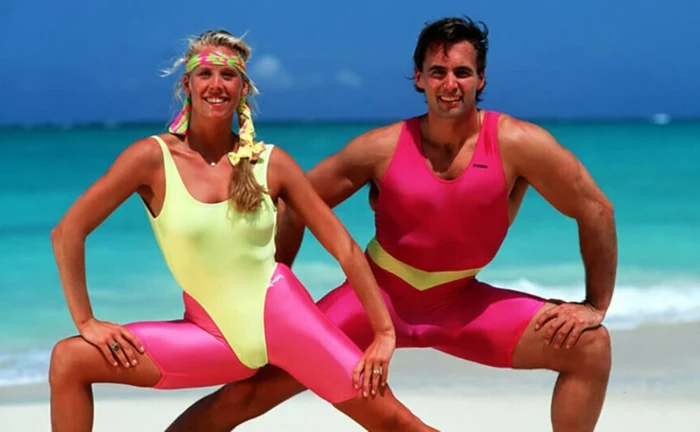
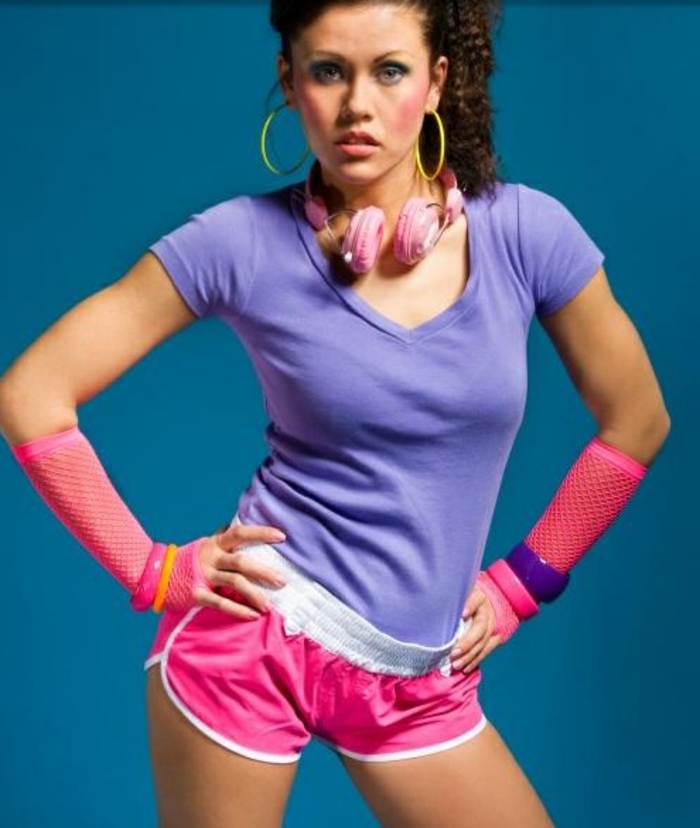
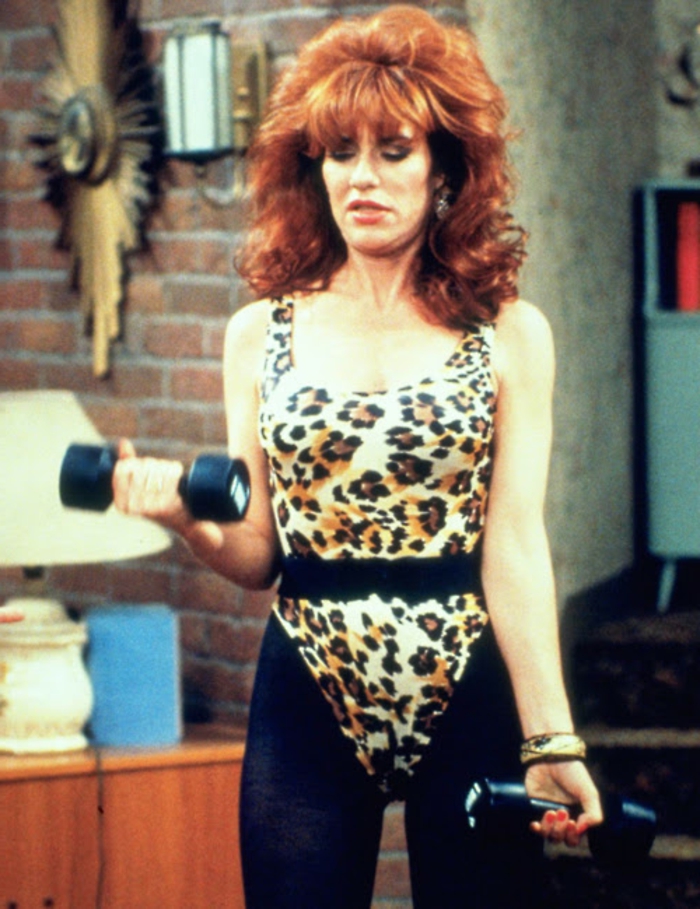
Fact: The Memphis Design movement, originating in Milan in 1981, heavily influenced 80s fashion with its bold geometric shapes, clashing colors, and squiggly lines.
When you see a blouse with a print that looks like a chaotic mix of triangles, circles, and pastel zig-zags, you’re looking at the direct influence of this short-lived but incredibly impactful design philosophy.
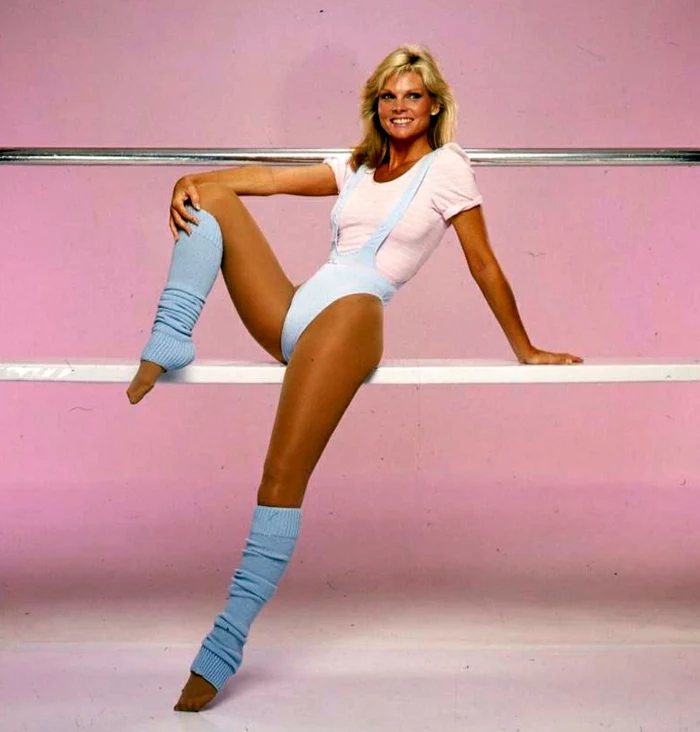
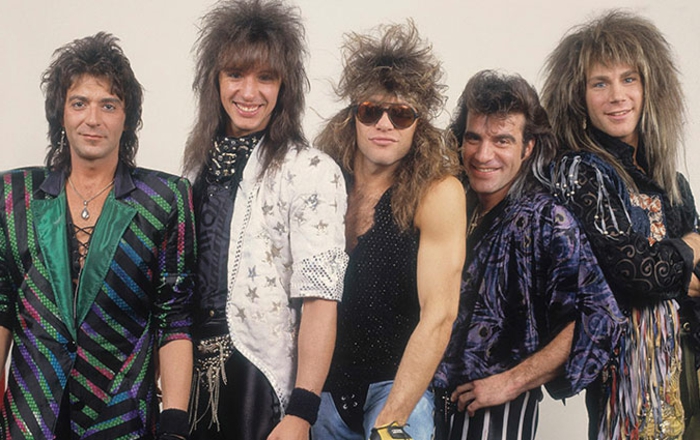
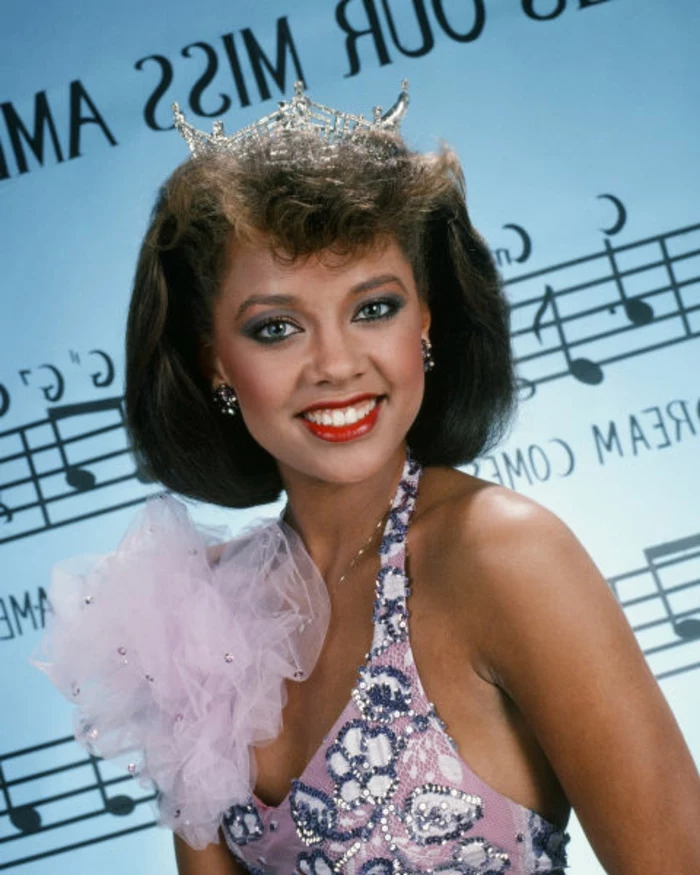
Pay attention to the buttons. The 80s was a great decade for interesting and oversized plastic buttons, often in contrasting colors or unique shapes. On a simple cardigan or blazer, these small details are a dead giveaway of its vintage origins and can be like little pieces of pop-art.

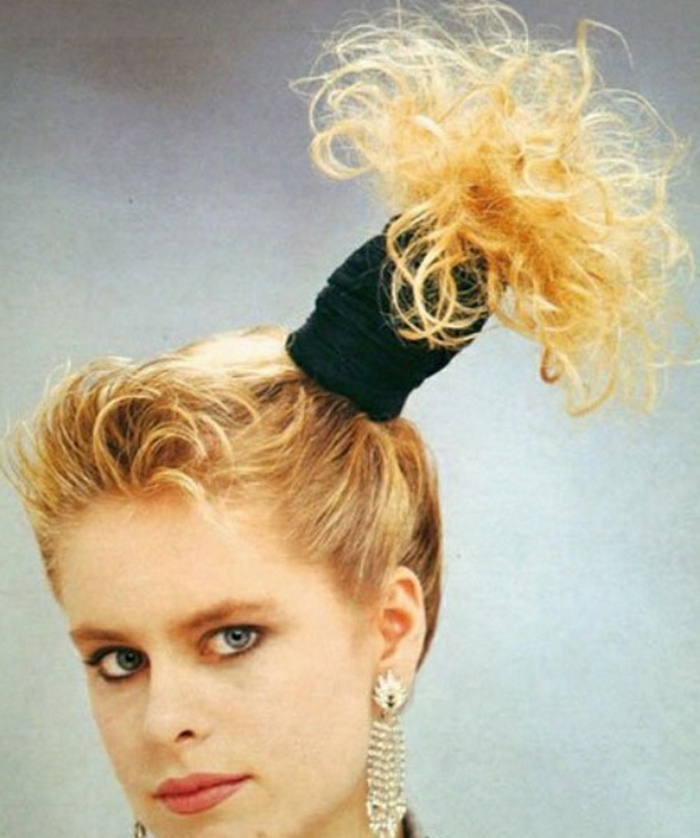
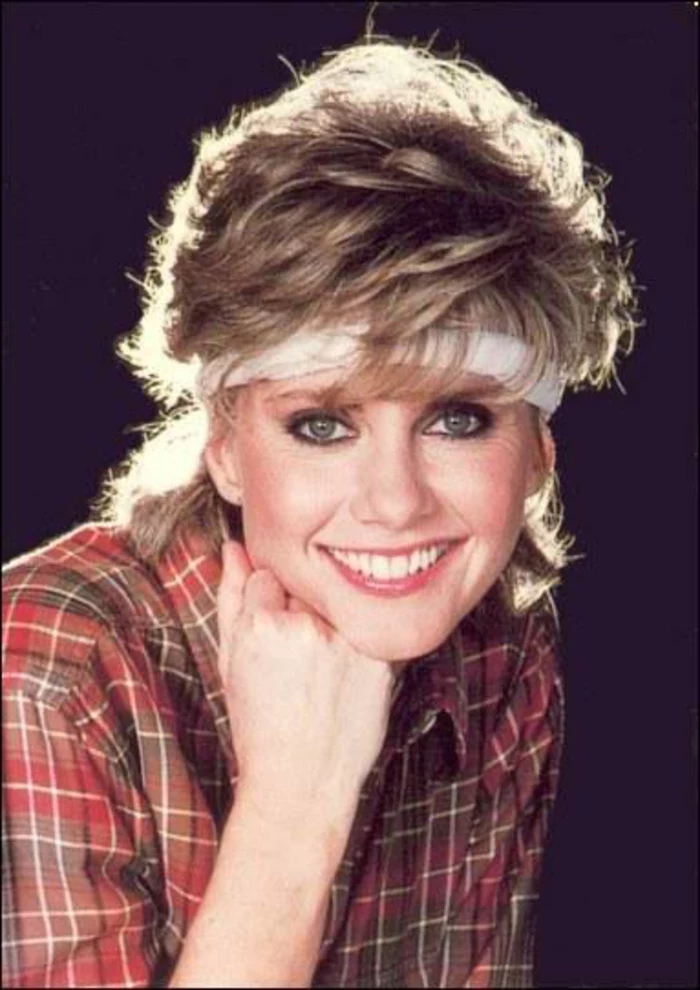

For a dose of high-fashion inspiration, look up the work of Christian Lacroix from the late 80s. His ‘le pouf’ bubble skirt, lavish use of color, and opulent details defined the era’s maximalist spirit. While you won’t find his haute couture in a thrift store, you’ll see its influence in puffy sleeves and voluminous skirts.

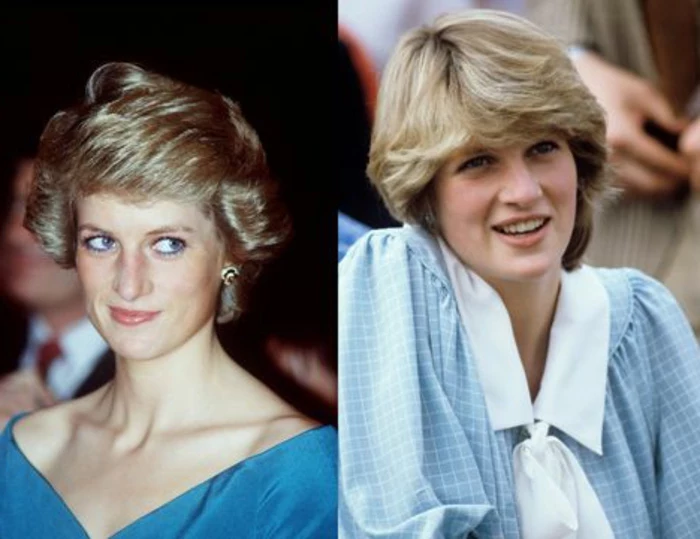
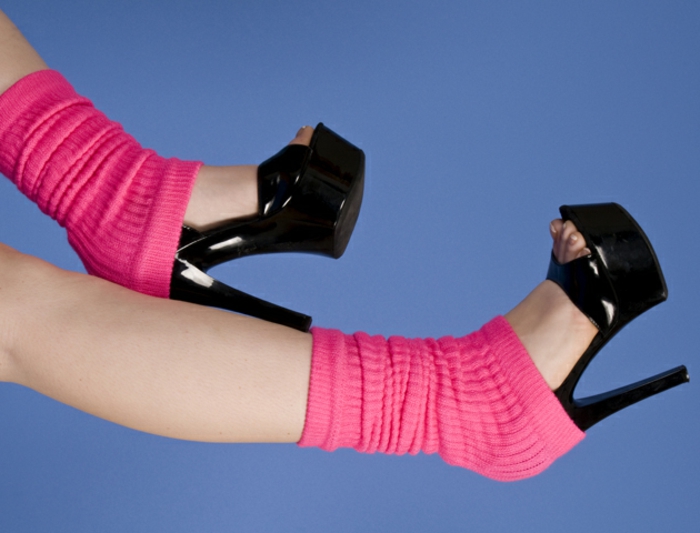
The secret to not looking like you’re in a costume? The rule of one. Pick one standout 80s piece—a power blazer, a pair of acid-wash jeans, a loud print blouse—and build the rest of your outfit with modern, minimalist basics. It’s the contrast that makes it look like ‘style’ instead of ‘costume’.
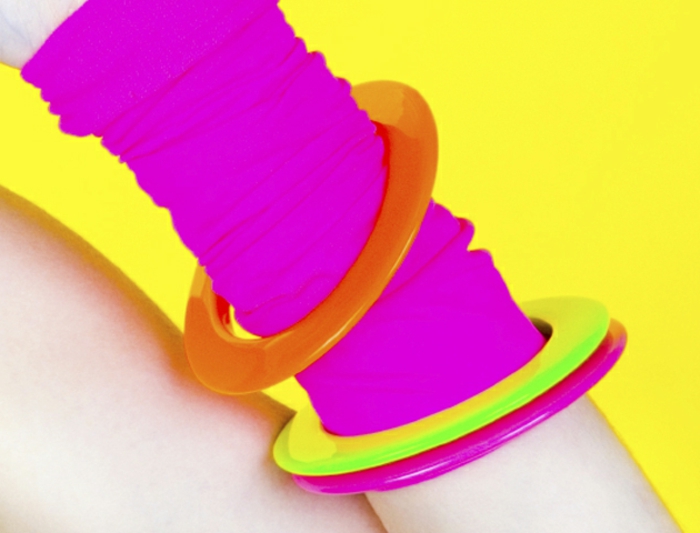
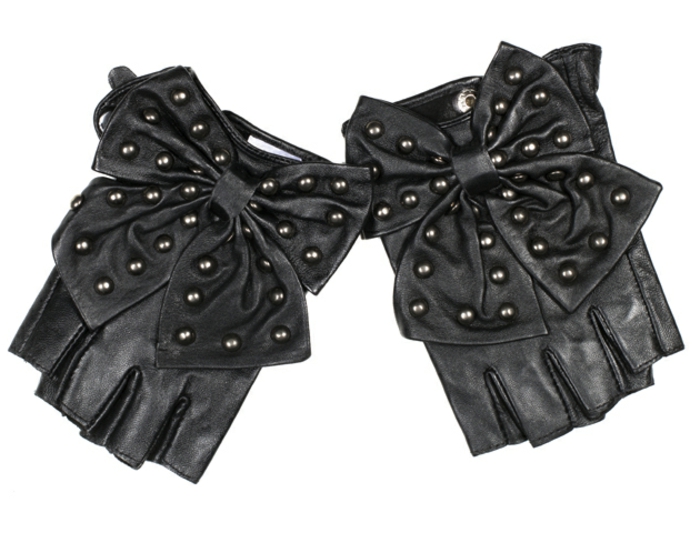
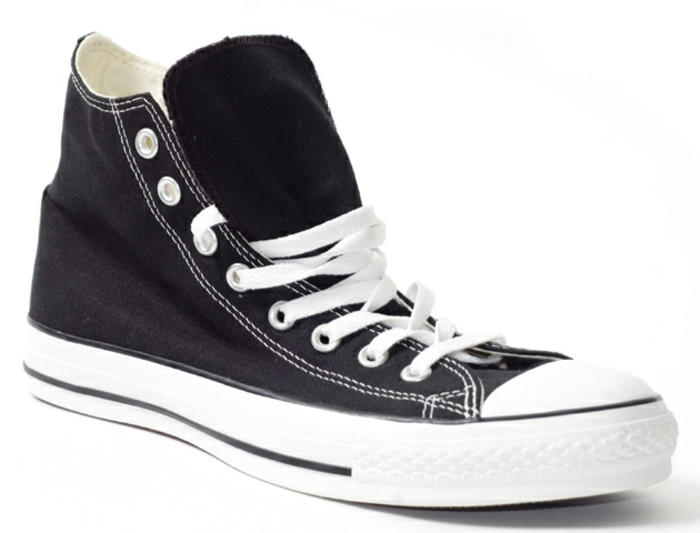
Looking for the iconic sexy denim of the era? Search for Guess. The brand’s provocative ads starring models like Claudia Schiffer cemented their signature look: very high-waisted, tight through the thighs, with a tapered ankle zipper. They have a completely different fit than the more workwear-oriented Levi’s of the same period.
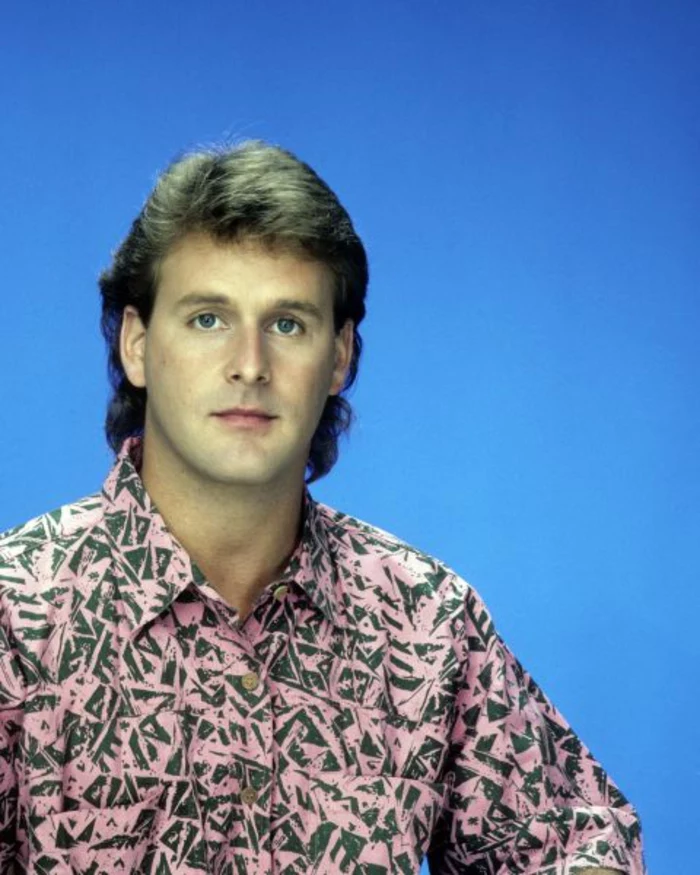
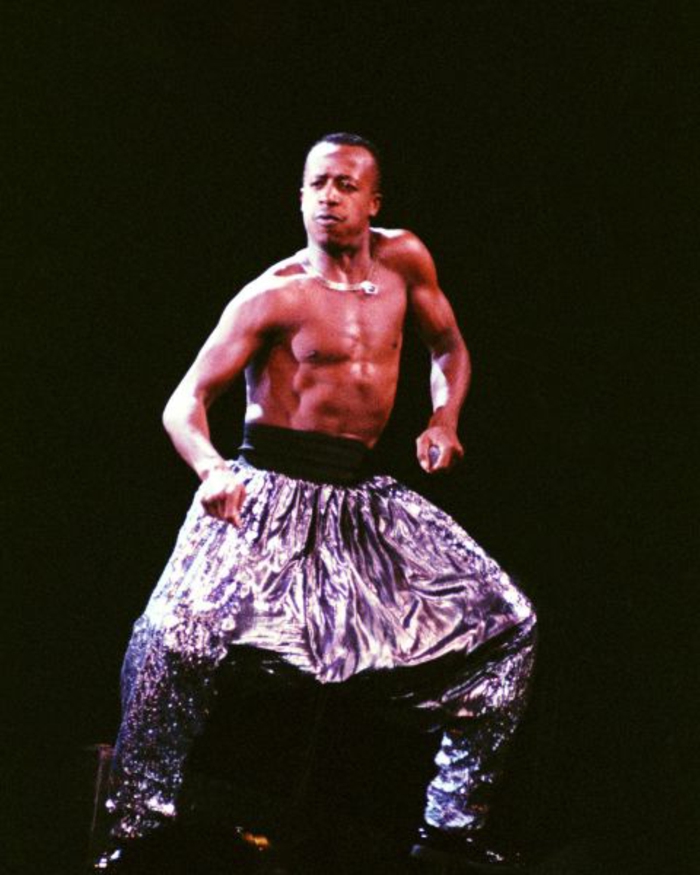
The New Wave subculture offered a darker, more artistic alternative to mainstream trends. Think skinny ties on white button-downs, asymmetrical haircuts, and a strict palette of black, white, and a single pop of electric color. For style cues, look to bands like The Cure, Duran Duran, or Siouxsie and the Banshees.










